When you find yourself in front of a watch, perhaps in a second-hand market where even the seller doesn't exactly have an idea of its value, it can become possible to make a bargain - or to make a big mistake.
That's why it is helpful to know the basics for evaluating a used watch - maybe even broken - to understand when it is the case to buy it or leave it where it is. This is actually not that impossible, and in this article, we'll explain the A-B-C.
Are you ready?

The tools to use
First and foremost, you need to purchase a few tools to help you with your assessment "work." And lucky for you, they don't cost that much so that even people who want to build their watch collection - and those with limited resources - can easily afford them.
First, you need a good quality lens or - even better - a watchmaker's monocle. These lenses are available in various magnifications: if possible, take a set. When going around the markets, you will need an intermediate magnification lens (a 7X will be OK).
The other tool you need is a case opener. There are several box openers, but there are two main types. The first is the knife for pop-up closures, and the second is the wrench for screw-in closures. In either case, bring them along after you've had some practice on opening old watches, so you know exactly what to do to open a timepiece without ruining it.
A little trick is to always use plastic wrap, like the kind used to hold papers and organize them in binders, between the case opener and the case. If, by chance, the tool slips, this will allow you not to ruin the metal surfaces with unsightly scratch lines.
Examining the movement of the watch is very important to be able to understand the value and assess the originality. So, if the person selling it to you does not want to open the case to show you the movement, either pull a lot on the price or let it go.
How do I find the value of my watch?
The value of a watch is deduced from the combination of several elements, which are like pieces of a puzzle, and placed next to each other, allowing you to understand if the watch is original and contemporary, and if so, how much it could be worth.
We will provide below a list of the most common and essential elements. Still, you will see that the evaluation will be much easier and more automatic with time, thanks to the experience you will have accumulated.
Remember that these are only general indications and that the final value varies from case to case. So you must take them only as elements that can push the market value up or down, but the final evaluation depends mainly on the rarity of the piece and its operation.
1 - Watch value database
The right price of a watch is the point where supply and demand meet. And to find it, the best thing to do is query the market. Professionals in the watch industry have created numerous marketplaces precisely for this purpose: not only do they allow you to place your ads for watches, but they also keep track of the exchanges that have taken place and the average market values that that particular watch has.
Among the most famous you can find Chrono24 and Chronext. Unfortunately, it will be easier to see only timepieces of a certain level on these sites, with limited coverage of the most affordable vintage watches, but this should not be a problem for a horology collector since the indications you get apply to all watchmaking.
For other evaluations, you can try to see the results of auctions on sites such as 1stdibs and Catawiki - but even here, you must never forget that, especially for the most particular pieces, the result could vary a lot for reasons very different from the actual value of the object.
2 - Watch value app
These portals often have spin-offs - or rather, they offer specific apps that enthusiasts can install to consult the database of watch exchanges and track their value. Some of these apps also manage to provide rough valuations of the watch.
Besides the ones mentioned in the previous section, we also suggest WatchRecon and Govberg OnTime, an app created by one of the most famous US jewelers to track the value of watches.
3 - Watches "blue book"
Even though it would be nice if such a publication existed, all the blue book-like ones on the market, unfortunately, are not authoritative at all - and this is perfectly understandable, as the number of watch references is practically infinite.
It's better to rely on the portals we've already mentioned above and remember that watch evaluation is never an exact science. On the contrary, it is often a real gamble.
4 - Serial Number listings
The serial number is one of those elements that makes it possible, above all, to carry out a reliable dating for a timepiece - and in so doing, to verify that all the characteristics of the watch are contemporary, or at least plausible with the period of production. You will typically find the serial number listed on the upper bridge of the watch movement, or in other cases, on the inside or outside of the watch back. However, some Maisons have positioned this element elsewhere: the typical case is Rolex, which has long etched it on the outer case, in the middle of the lugs, hidden by the bracelet.
Unfortunately, not all serial numbers are helpful, and above all, not all brands have reliable serial number archives, so the situation is fragmented. Also, it's not possible to be perfectly sure that the serial numbers are original or were engraved at another moment to increase the watch's value. Therefore, we should take this element with a pinch of salt. This said you can find most indications about serials online, especially in specialized watch forums.
5 - Box and Papers
The further we go into the past, the more difficult it will be for a watch to still have its original box and papers, especially since attention to these elements is a modern fixation.
One must remember that there is a thriving market on the internet for salvage boxes and papers everywhere, which are cleverly combined to create a complete watch. So, our advice is to be extremely careful about checking "full set" watches when they have several years on their shoulders, as people have understood well that the more pizzazz they throw in, the more they justify why watches are so expensive.
6 - Original Strap or bracelet
Again, one must remember that it is infrequent for a vintage watch to have its original strap and buckle still, especially since leather tends to dry out and crack if not maintained. Therefore, the wristband should still be in such a condition that it needs to be replaced. However, the original clasp with its buckle represents a different case. They might have been kept through a series of different straps during the life of the watch.
On the other hand, a bracelet has a better chance of being original - but it too should be evaluated carefully to determine whether it is contemporary with the watch and how much it might make it more desirable to a prospective buyer.
Main Takeaways
What you've read above represents just a limited but helpful overview to understand the value of a watch and does not go into evaluations about its condition and functioning, as well as its originality, which we addressed in our article about how to tell if a watch is genuine.
As we said, it is not easy to properly evaluate a watch, and even less if you can not scrutinize it and handle it to verify its characteristics and establish the possible authenticity. Therefore, avoid, as much as possible, the purchase "in the dark," unless it is a small amount of money that you can afford to lose.
But on the other hand, the gamble sometimes pays off and allows you to secure high-level timepieces at very affordable prices. Of course, like any "investment," the secret is to buy at low prices and resell at high prices once the watch's value is established - and with these brief notes, that goal is certainly closer.
The Davosa-USA.com website is NOT affiliated in any way with Audemars Piguet, Franck Muller USA, Inc. Richard Mille or Richemont Companies, Seiko, or any other brand which is not Davosa Swiss. Rolex is a registered trademark of Rolex USA. Davosa-USA website is not an authorized dealer, reseller, or distributor for Rolex and is in NO WAY affiliated with Rolex SA or Rolex USA or any other brand besides Davosa Swiss. |


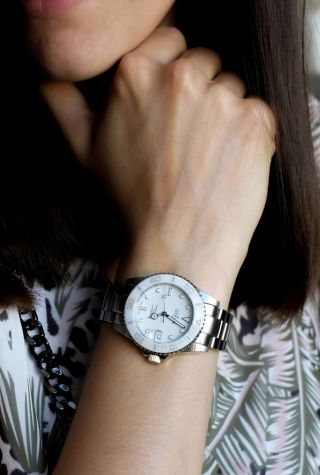




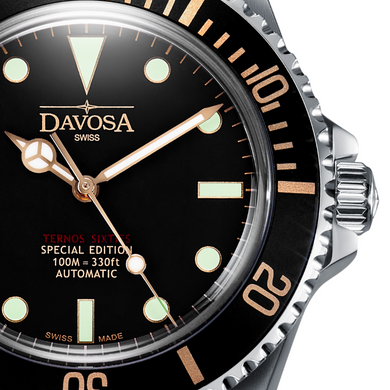

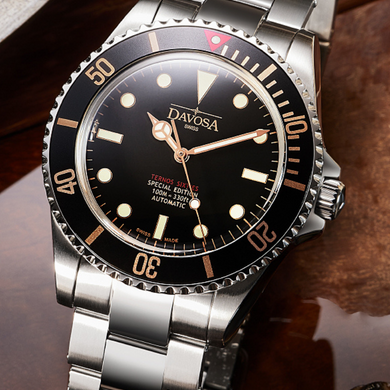
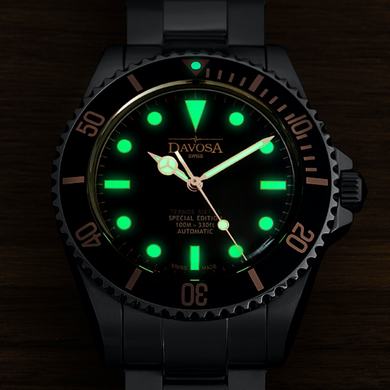

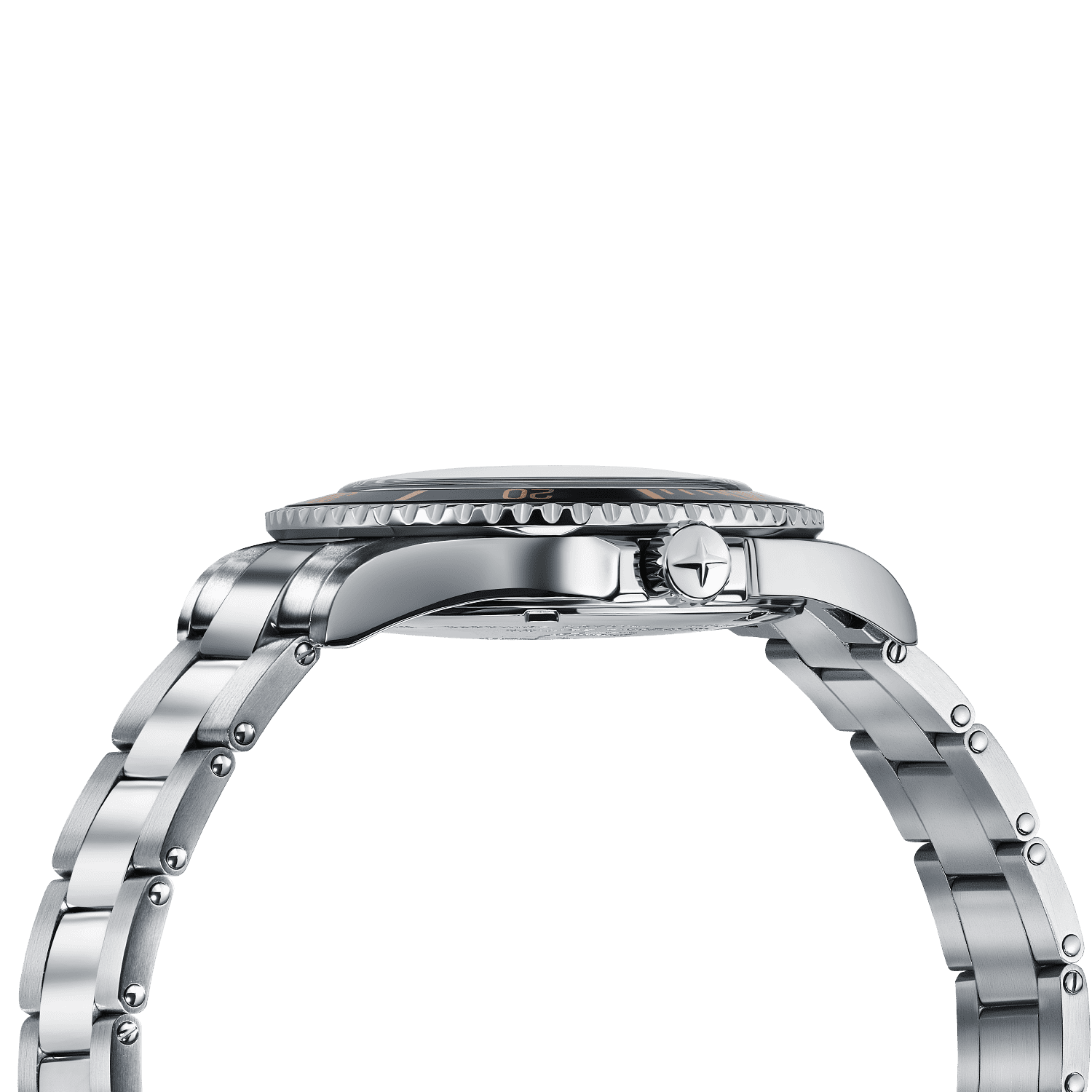
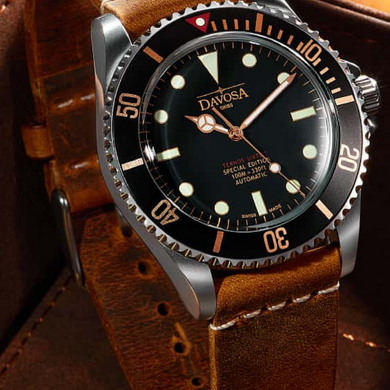
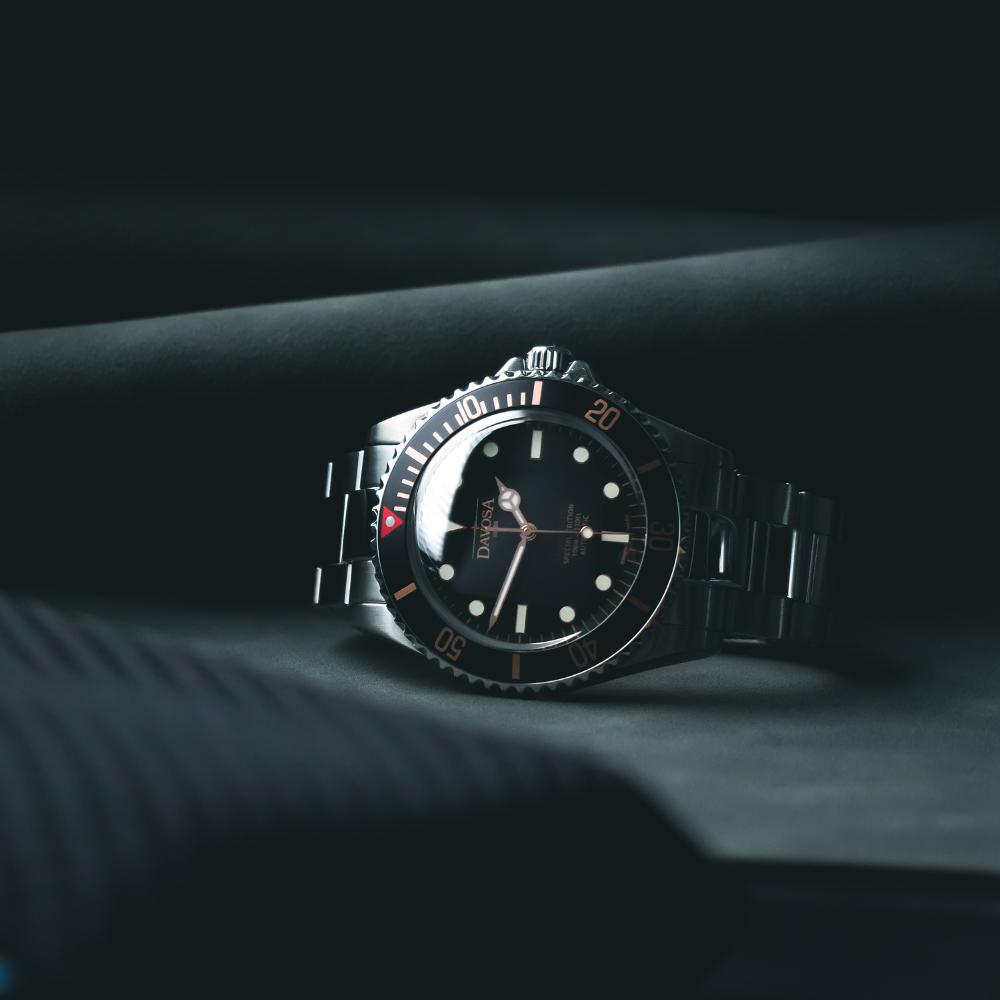


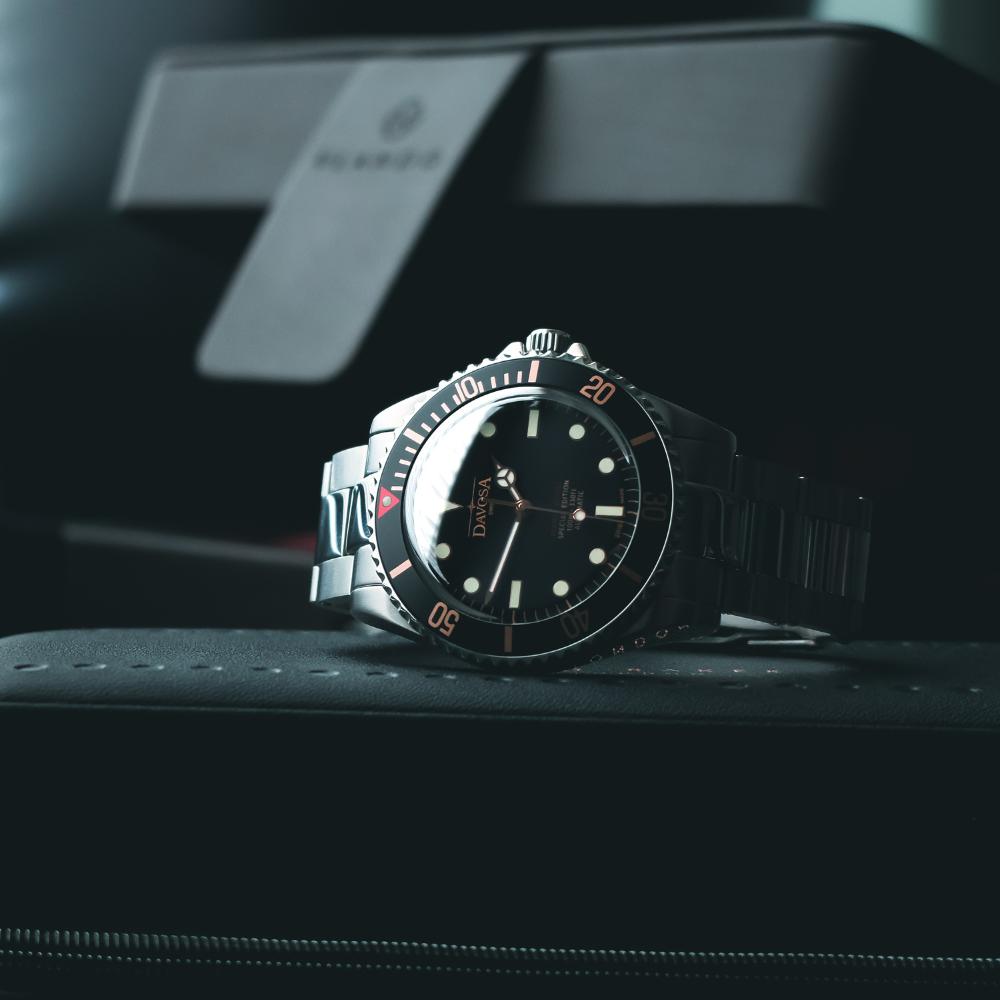
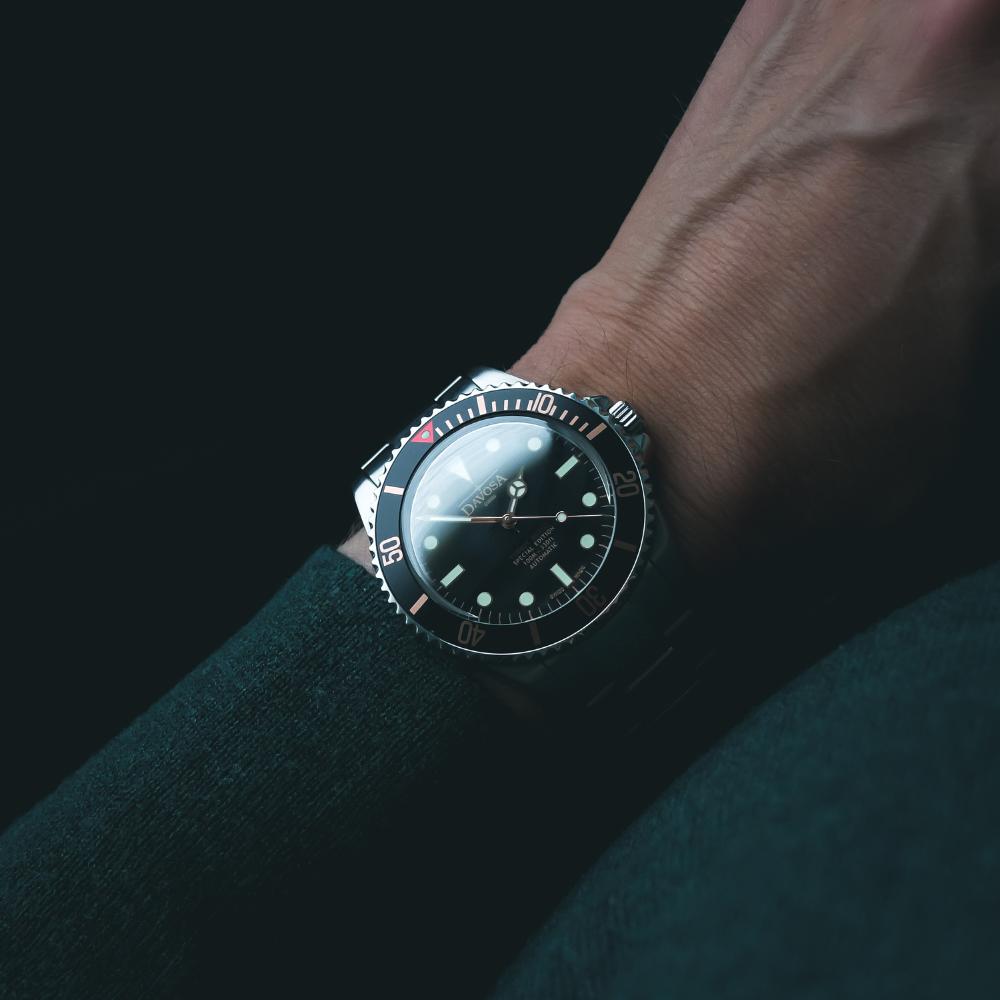
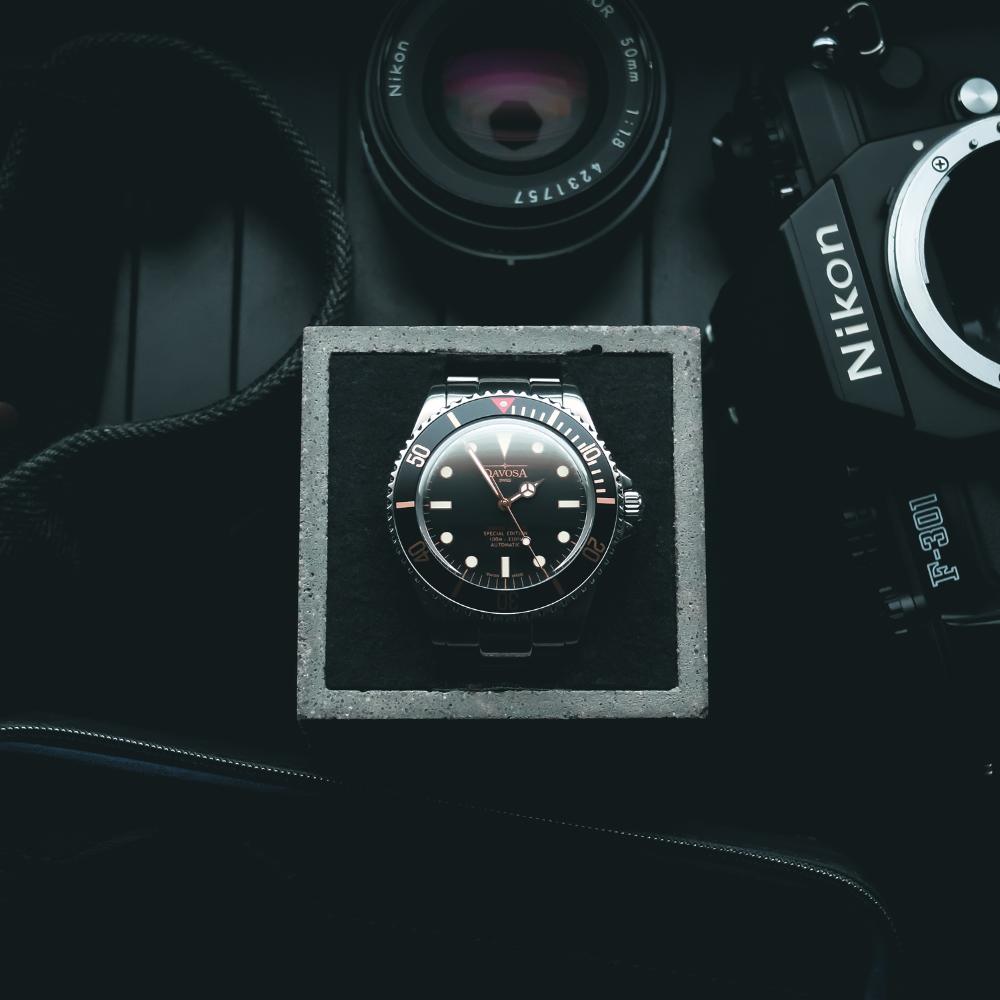

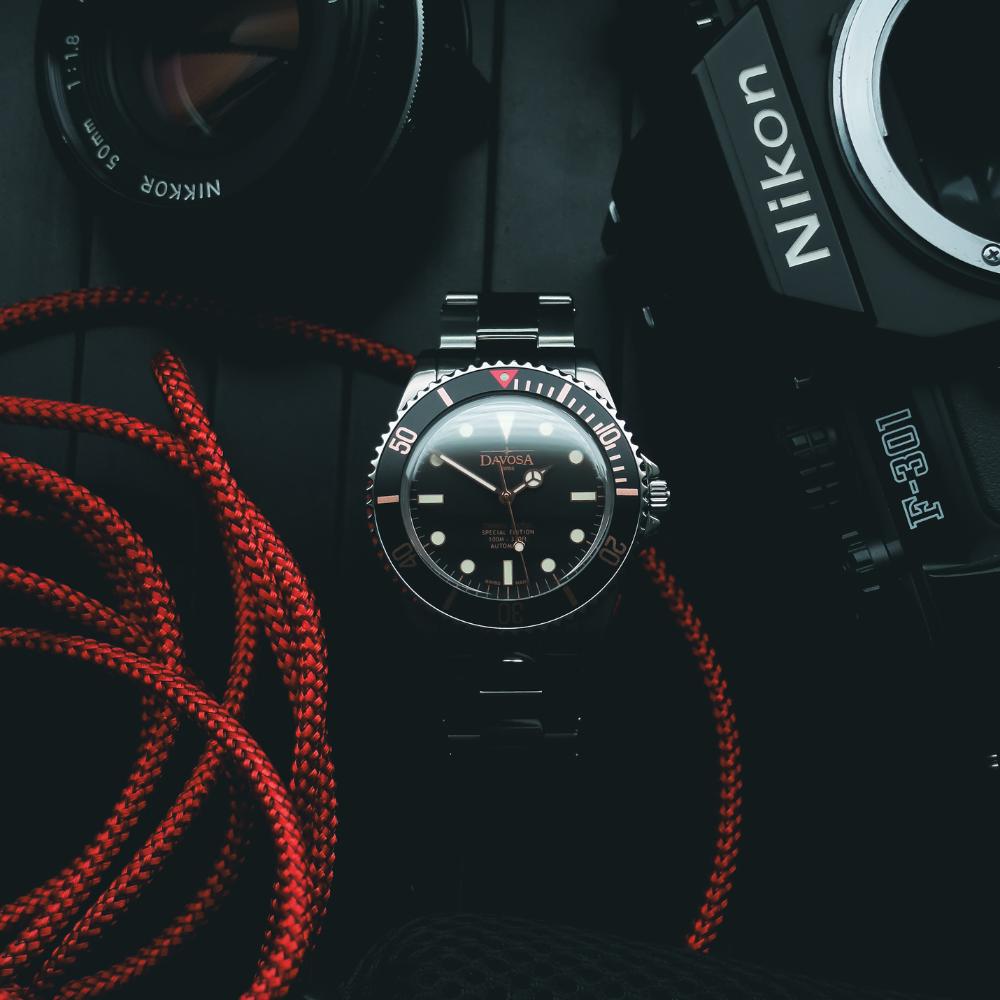
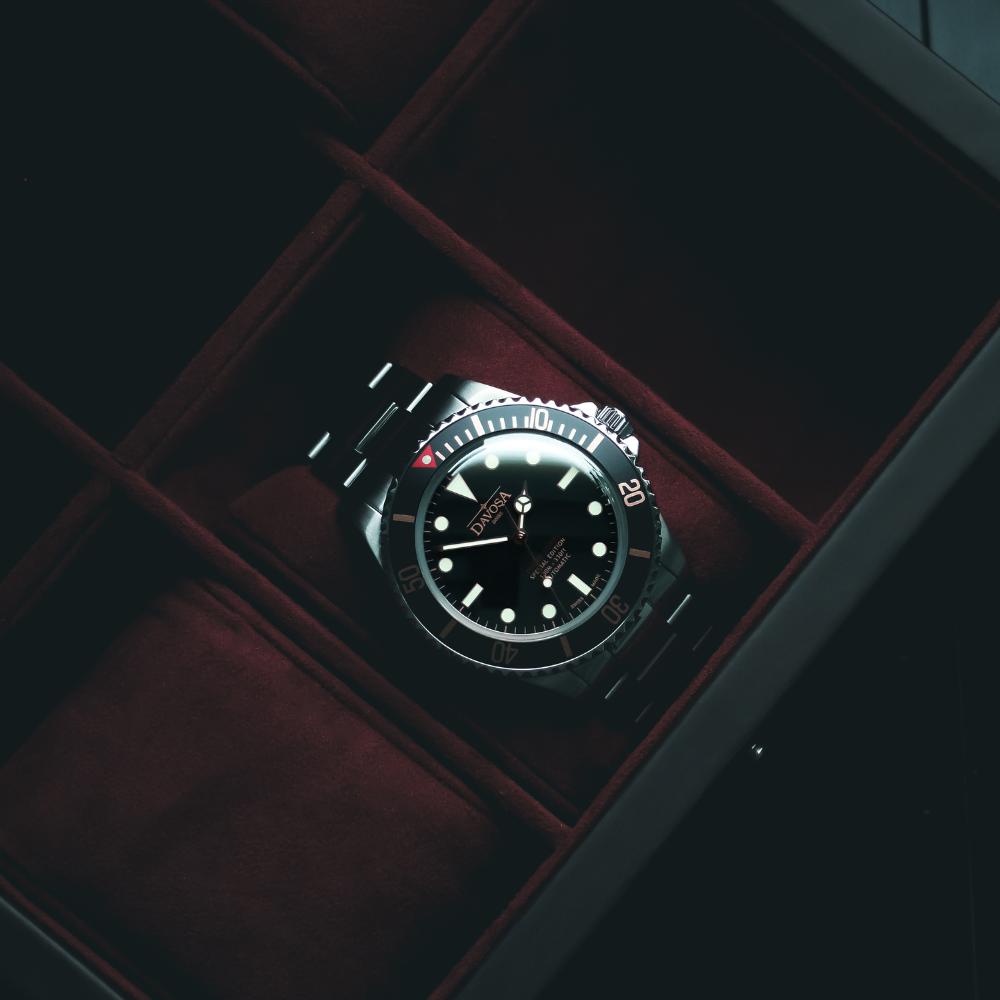

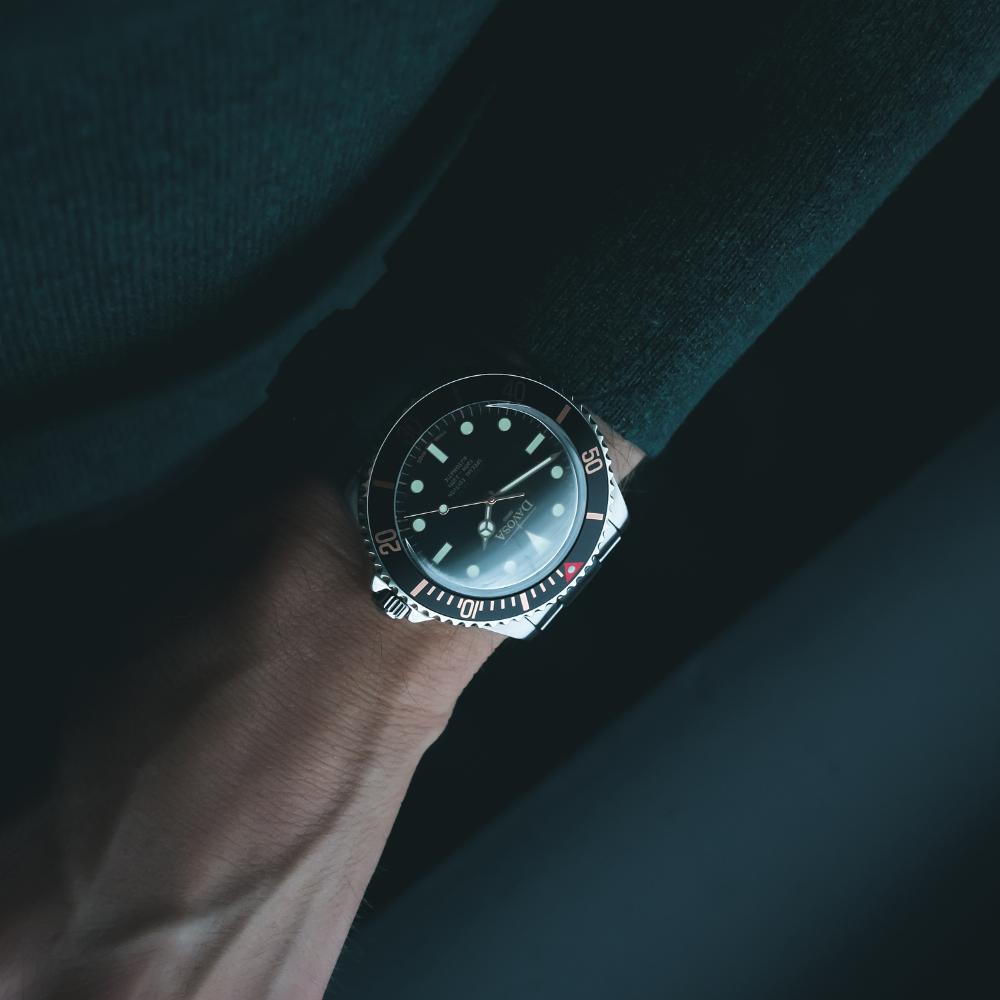
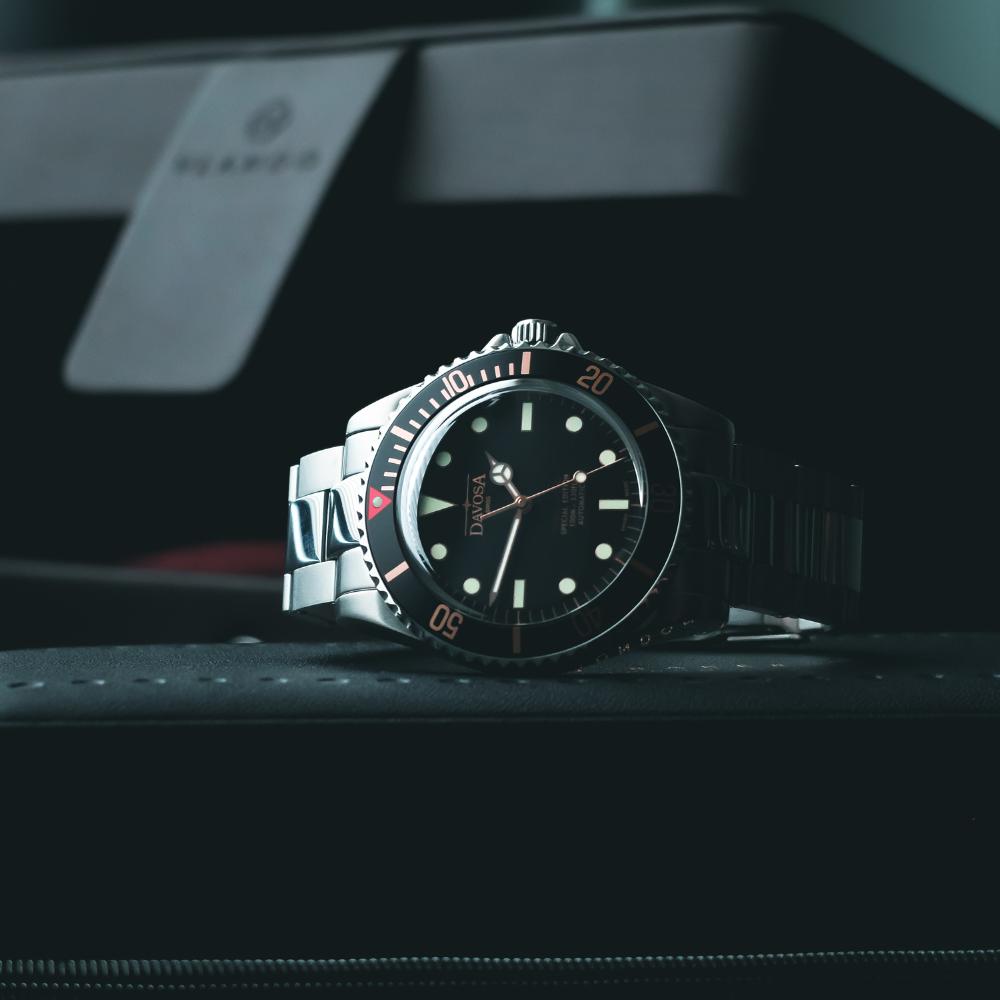




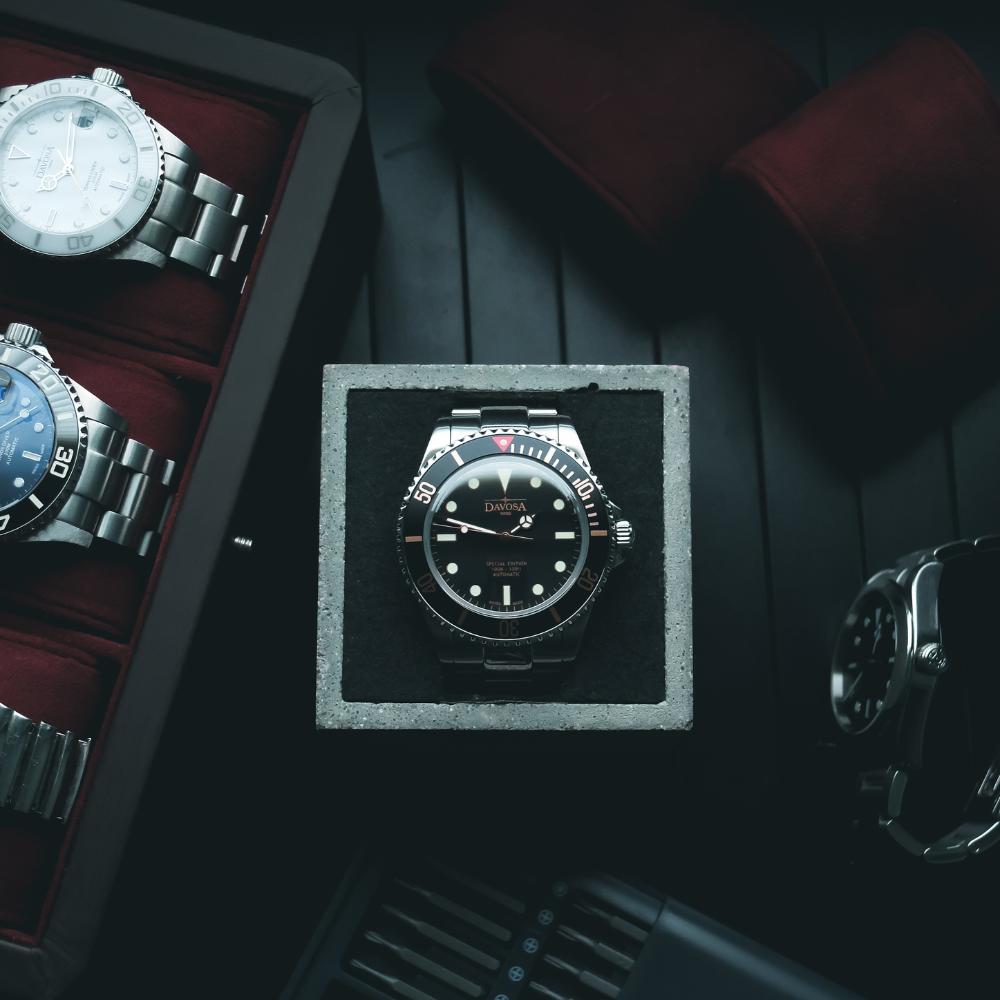
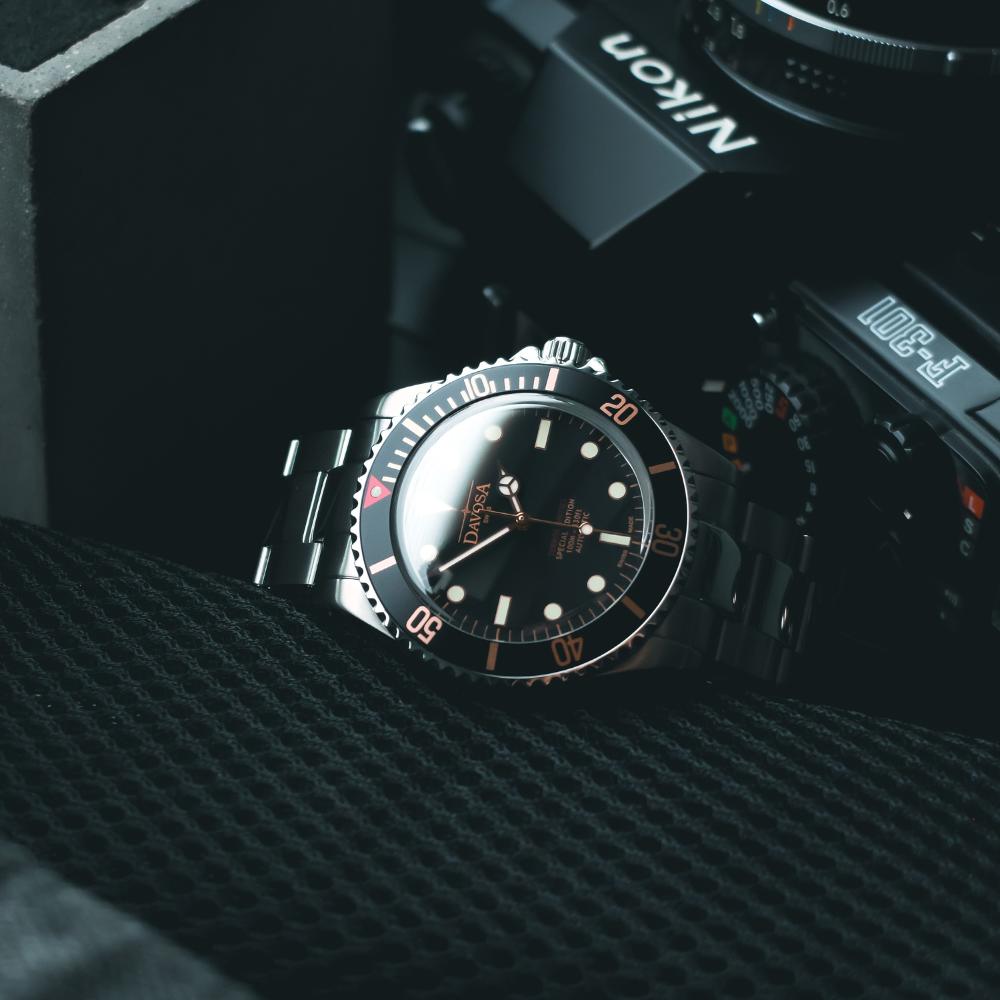
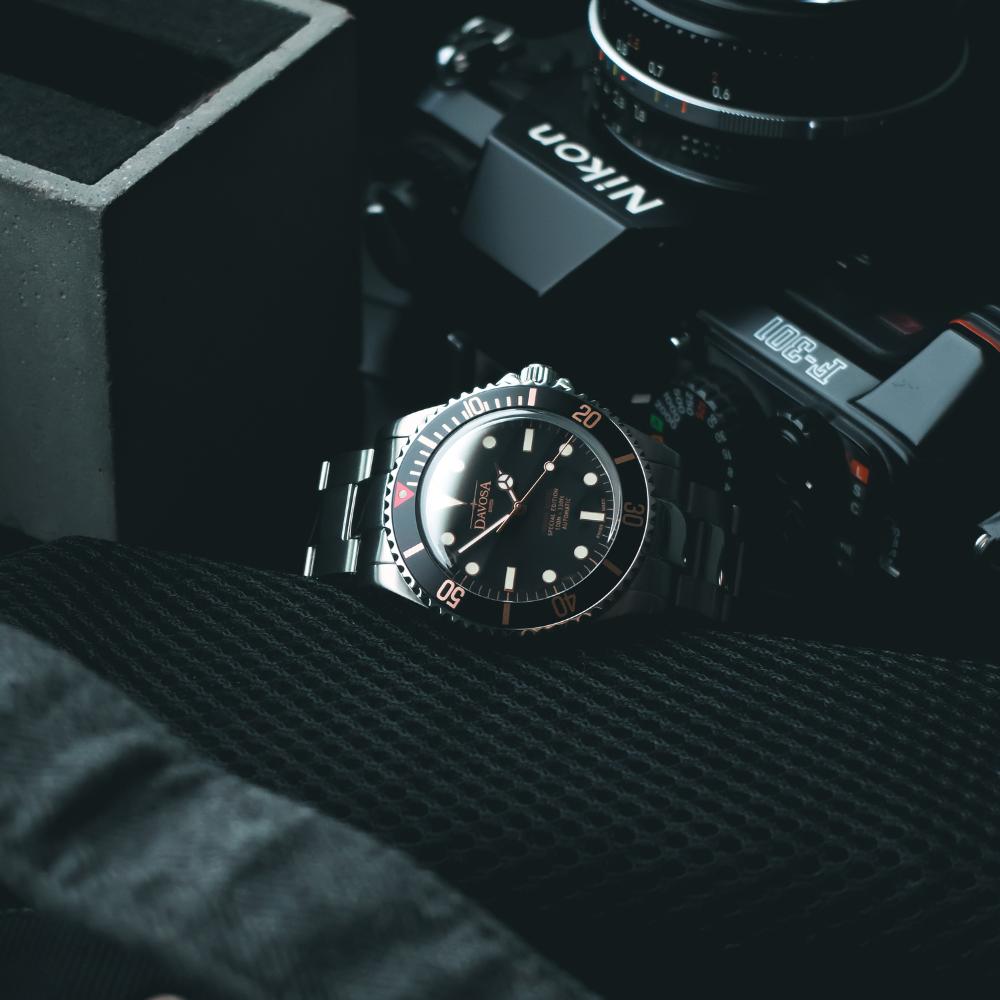
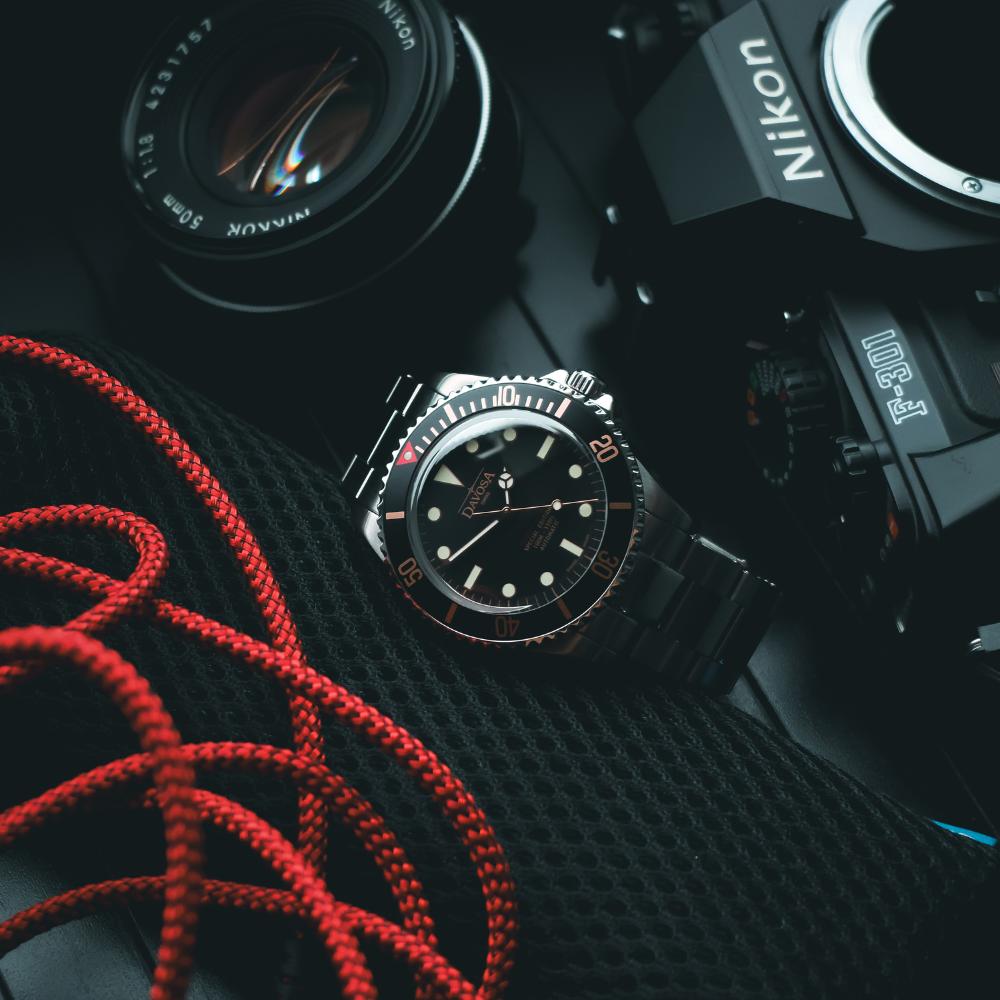
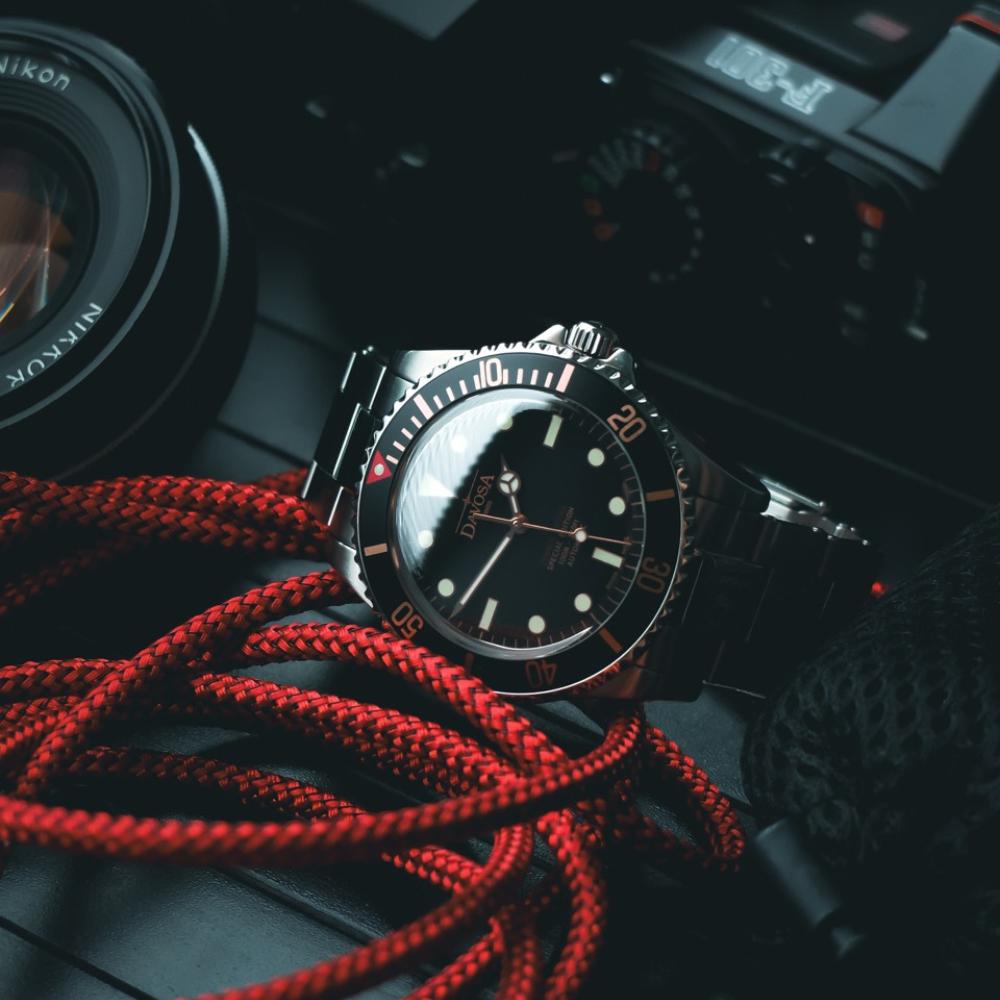
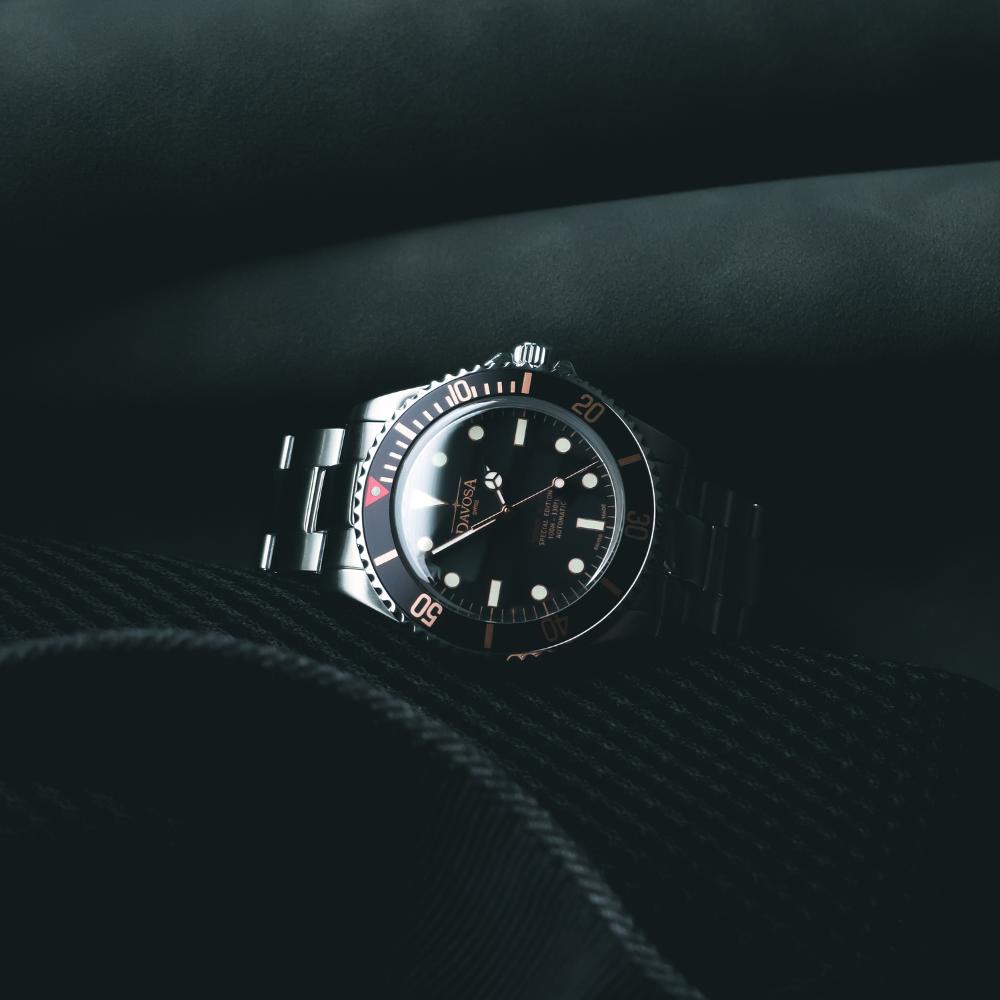
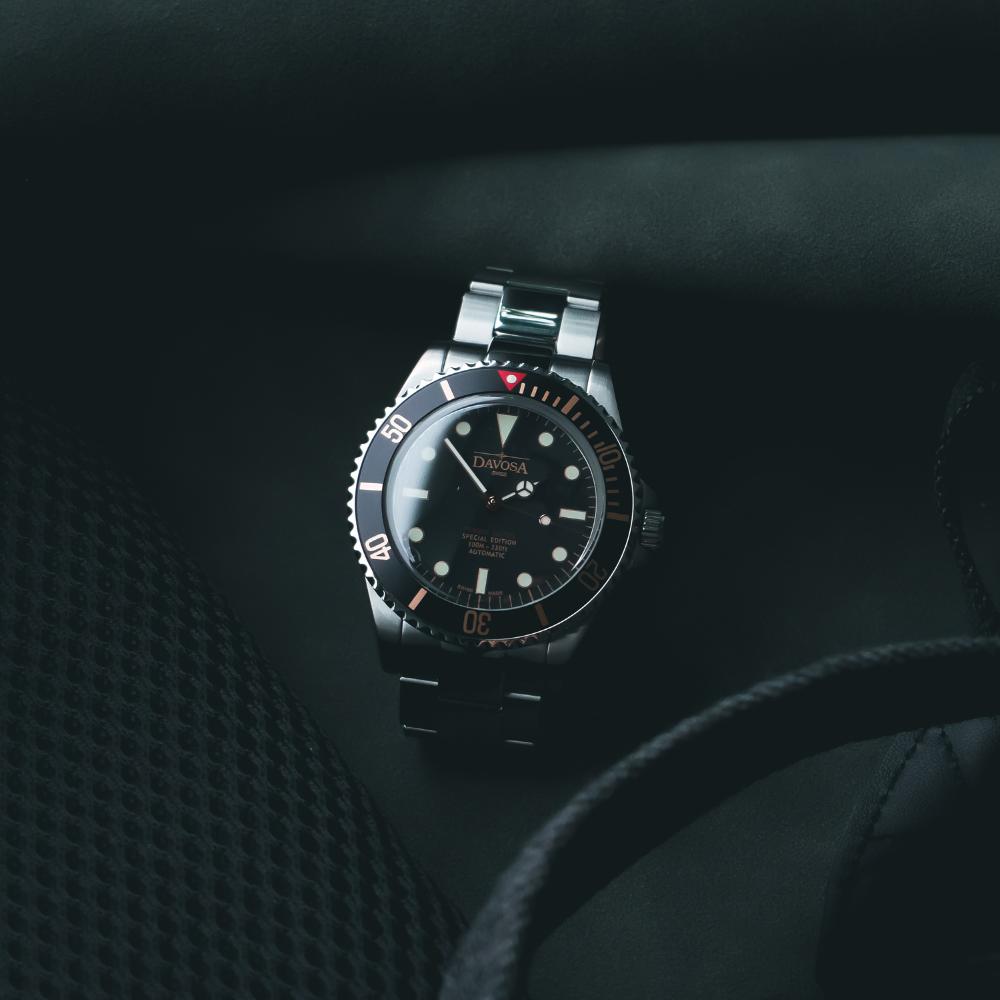


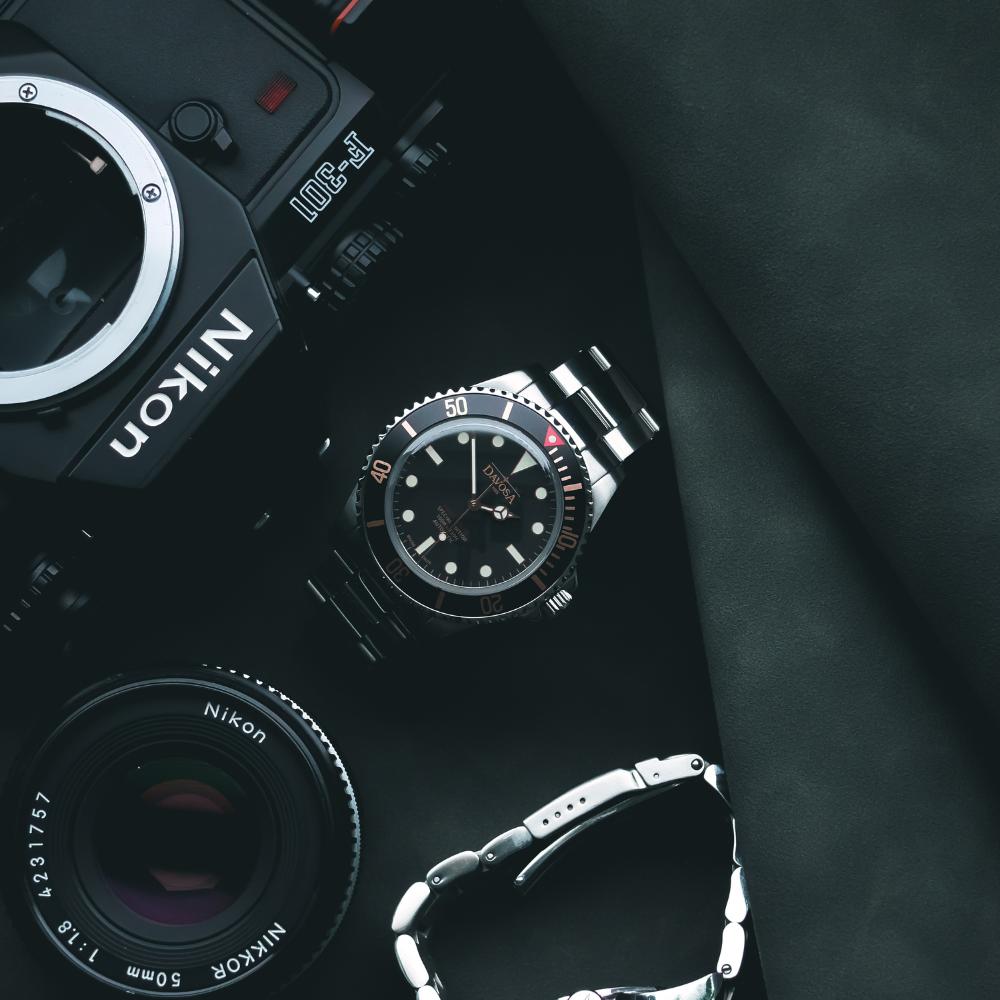
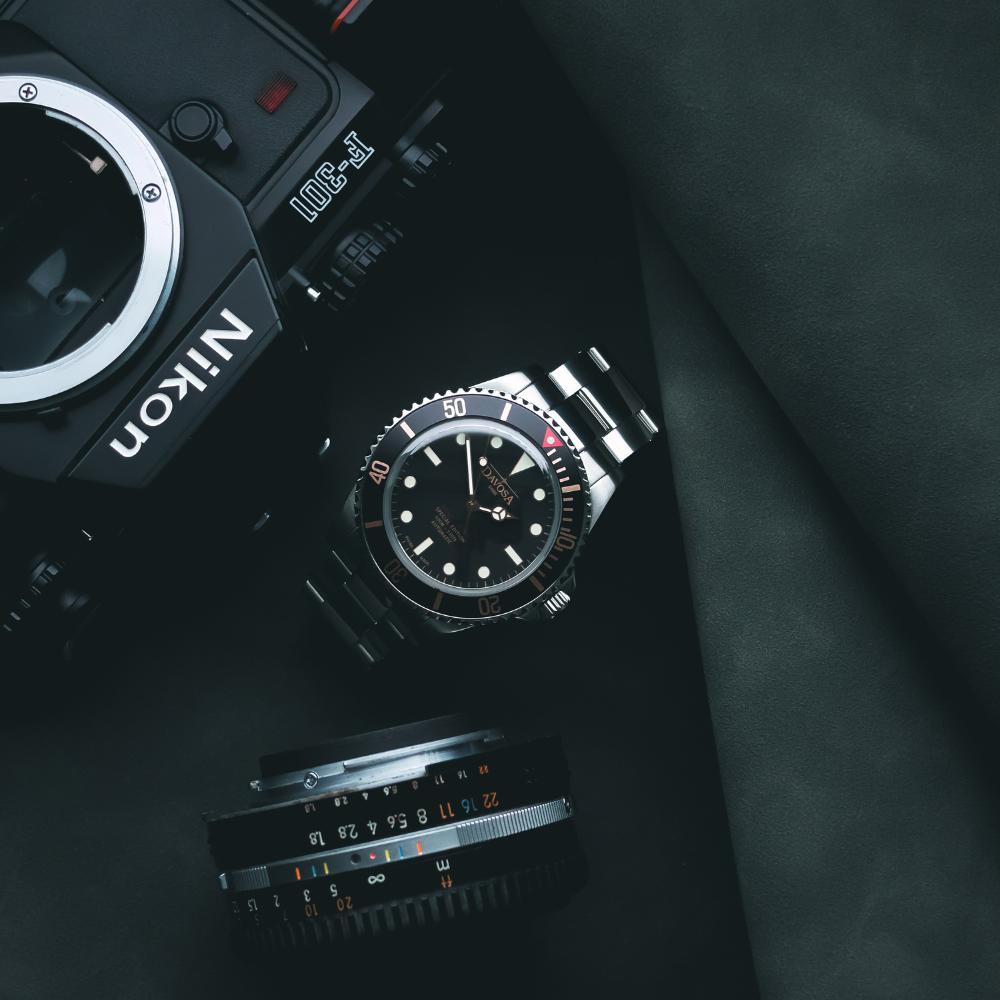
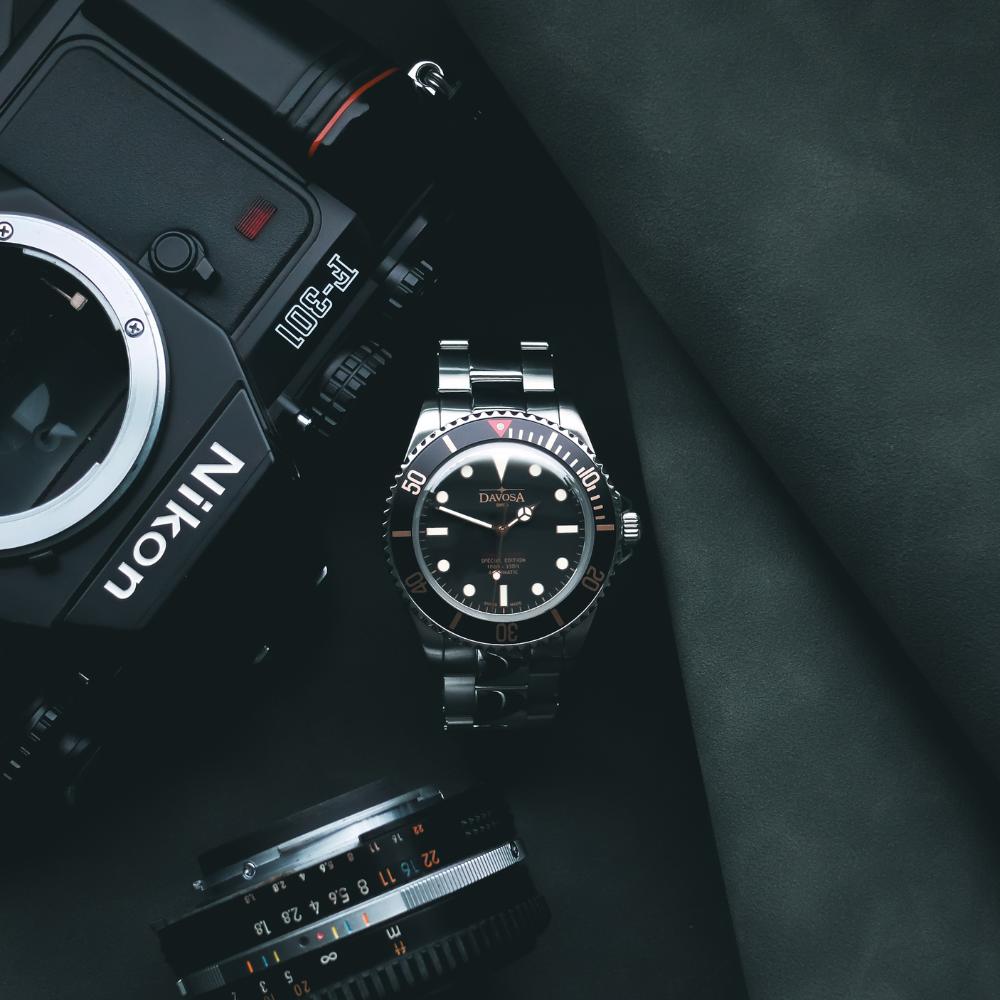
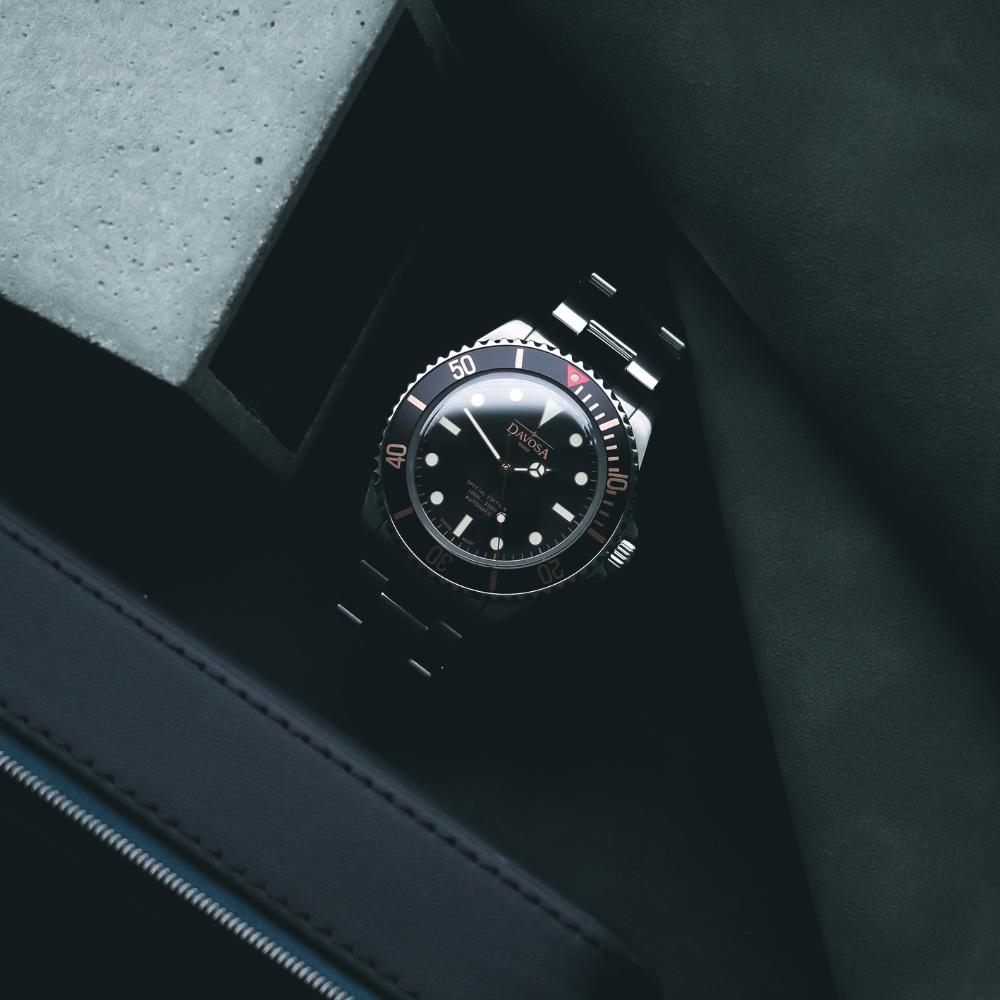

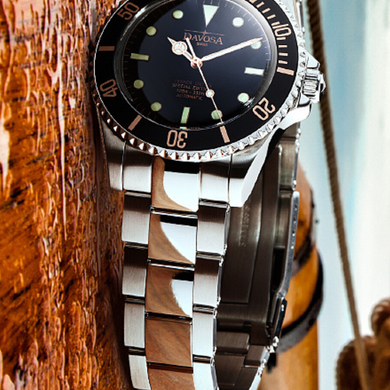
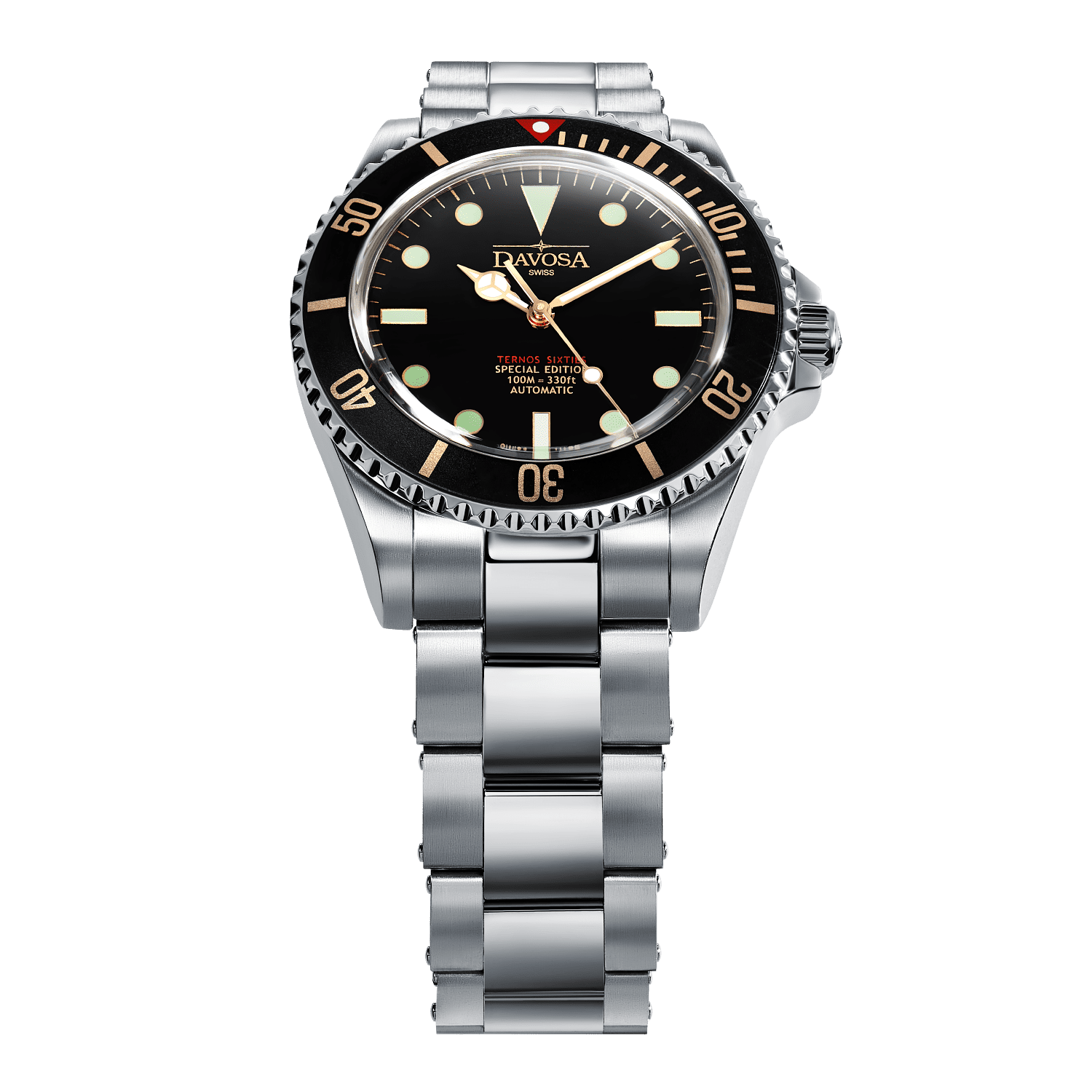
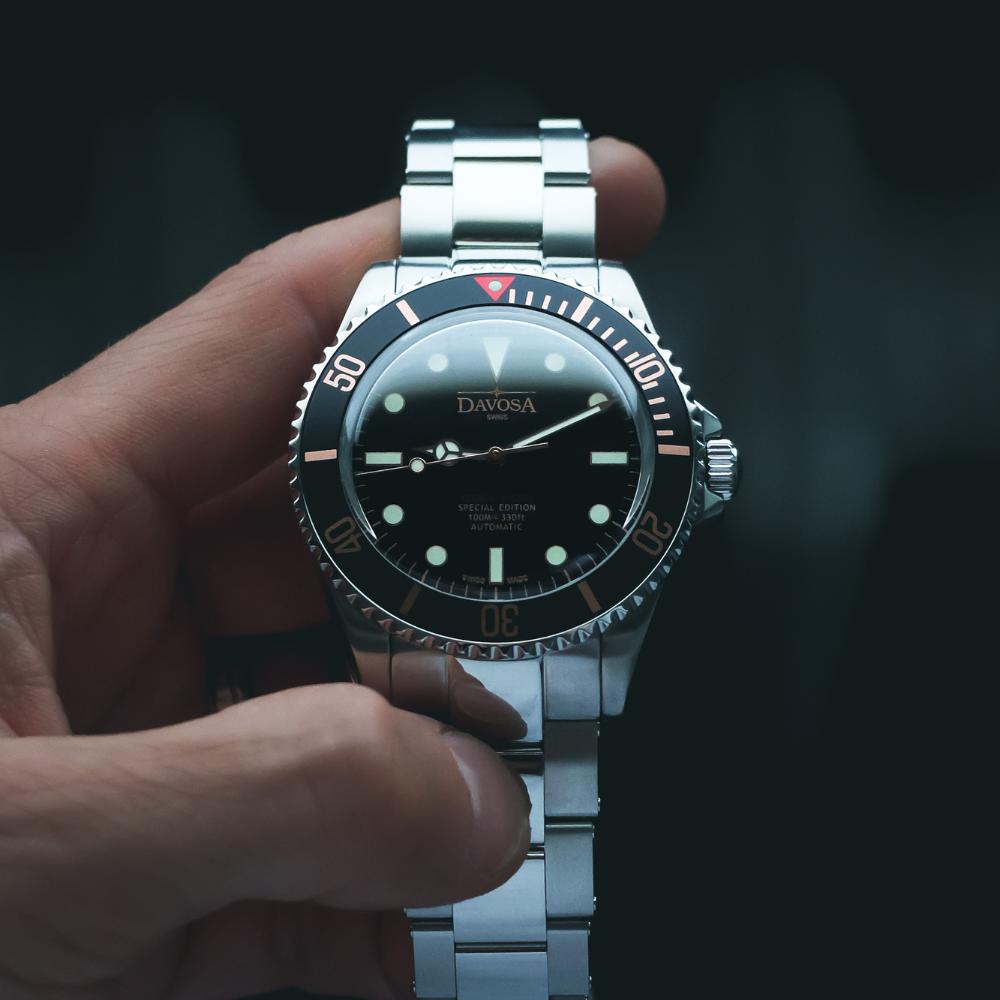
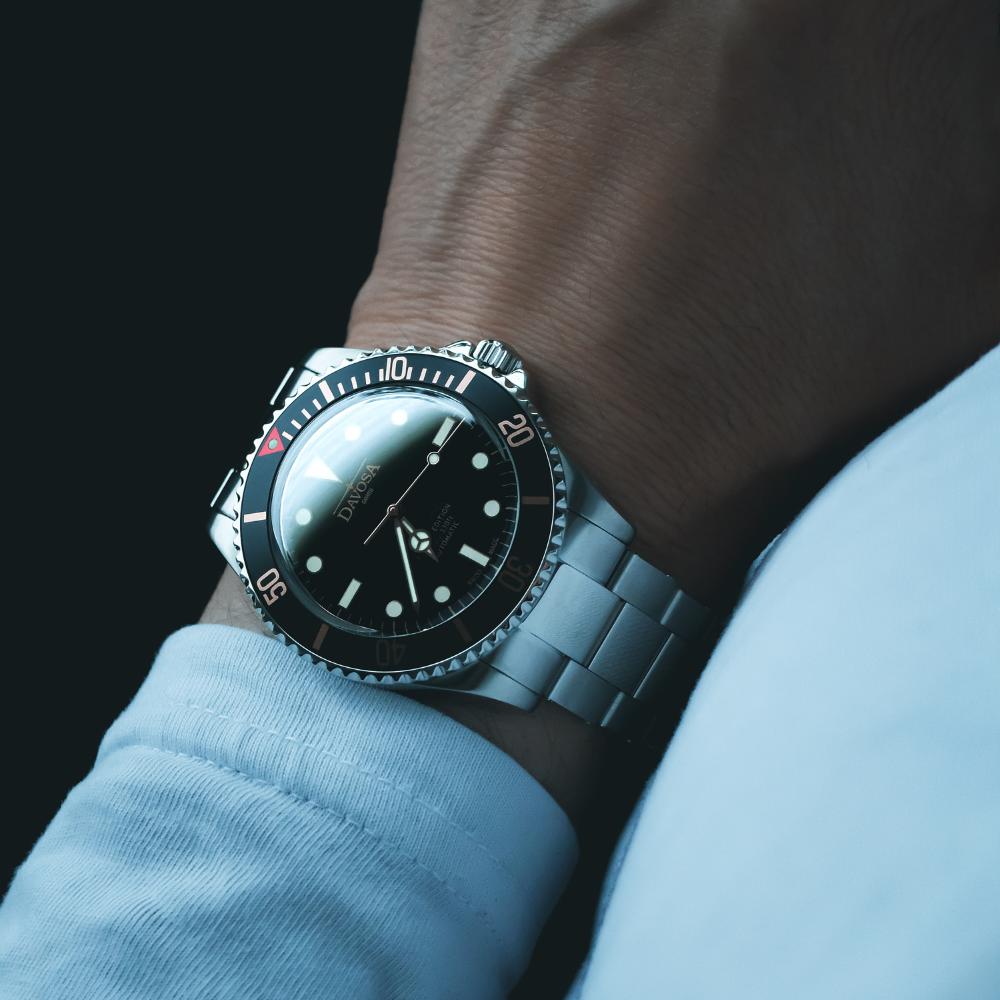

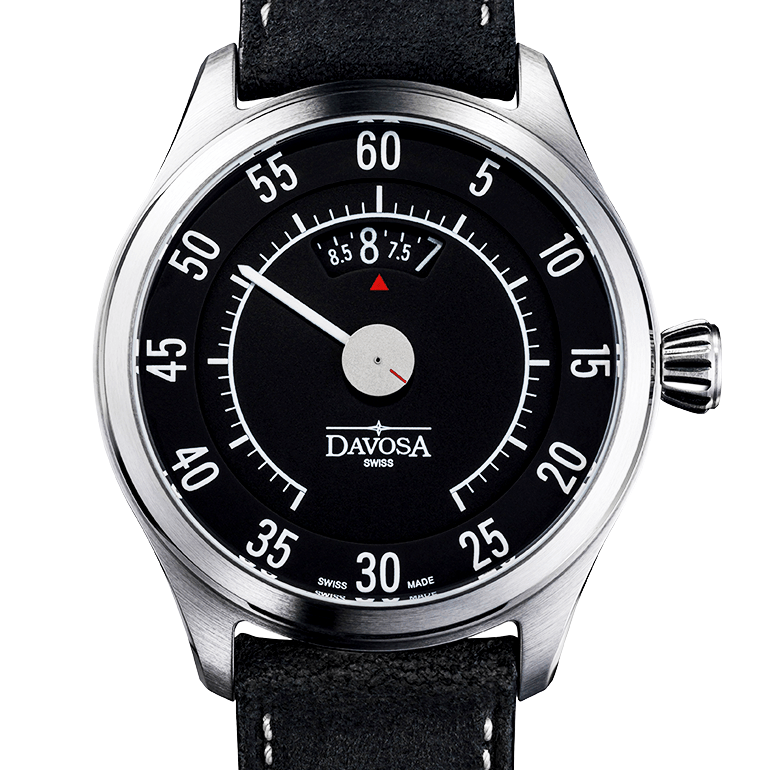
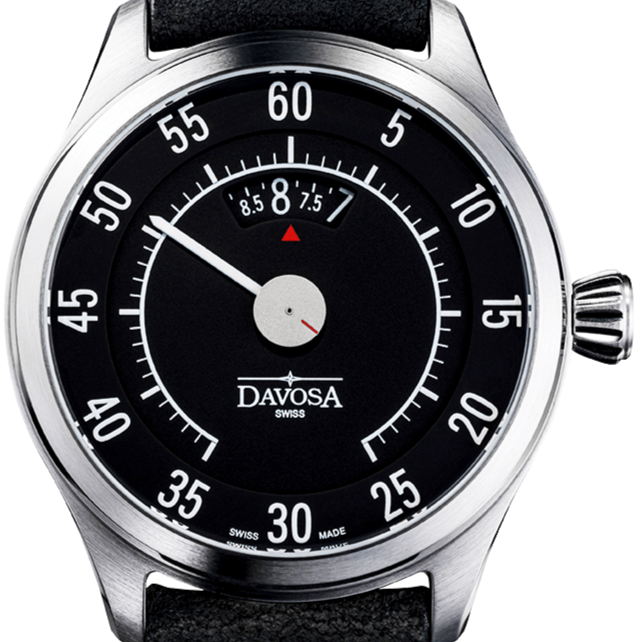

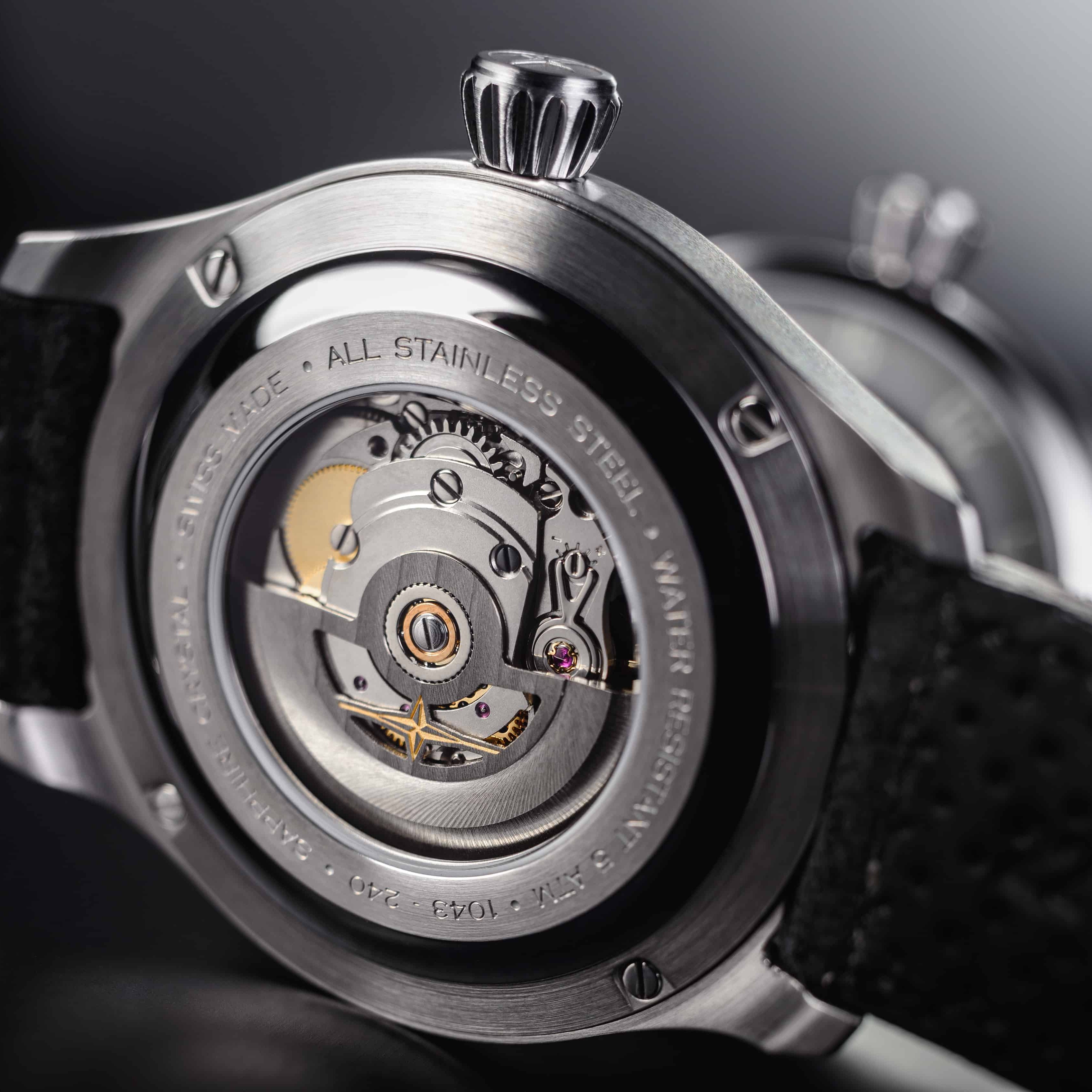
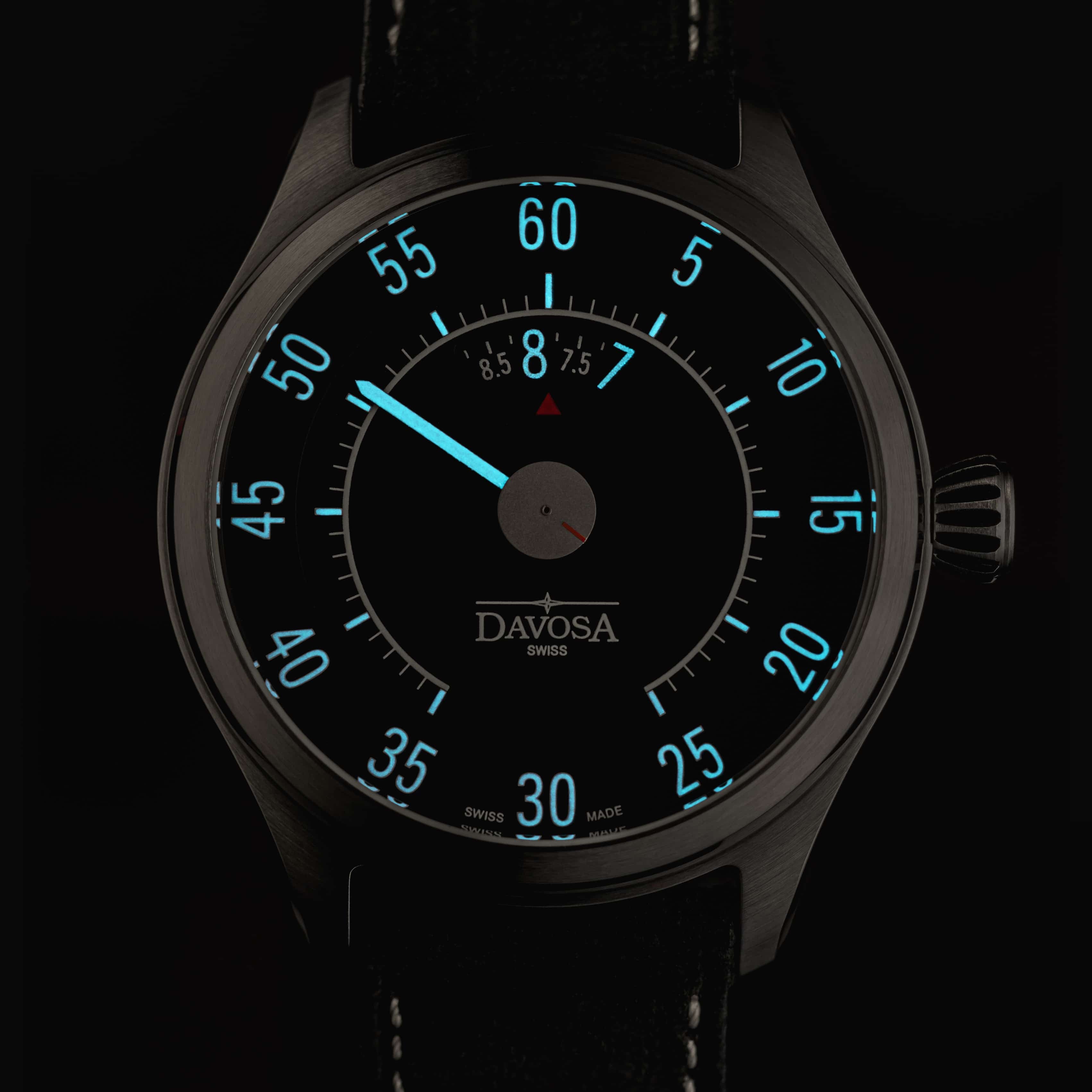
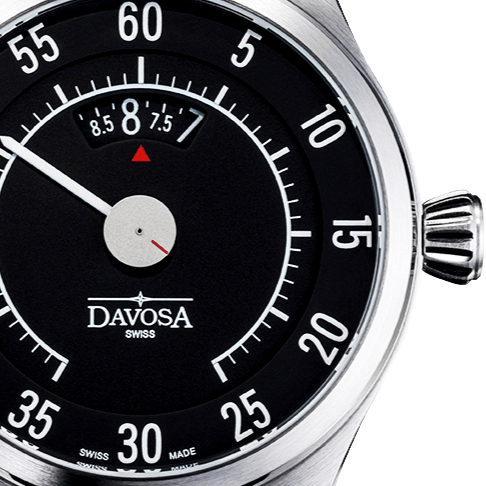



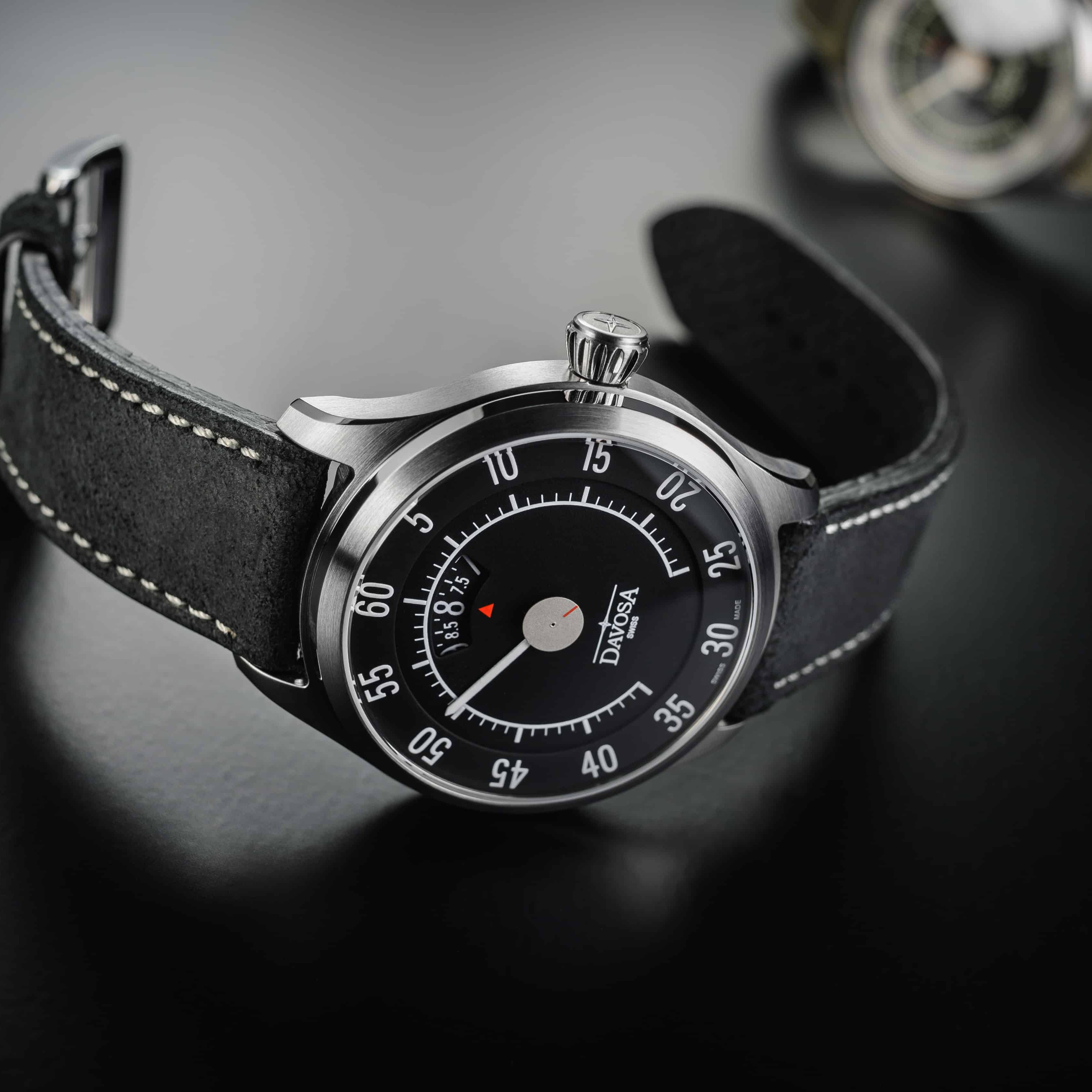
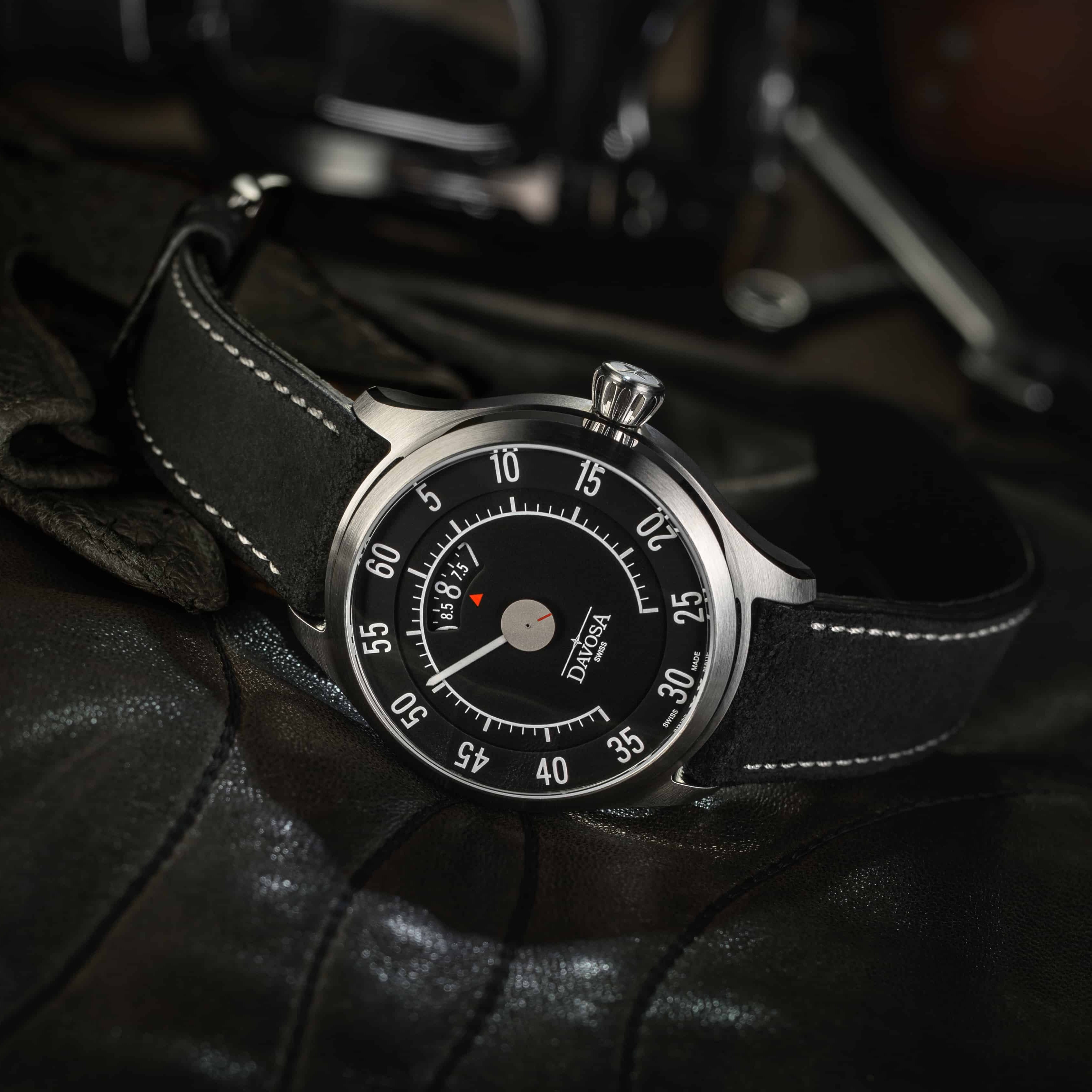
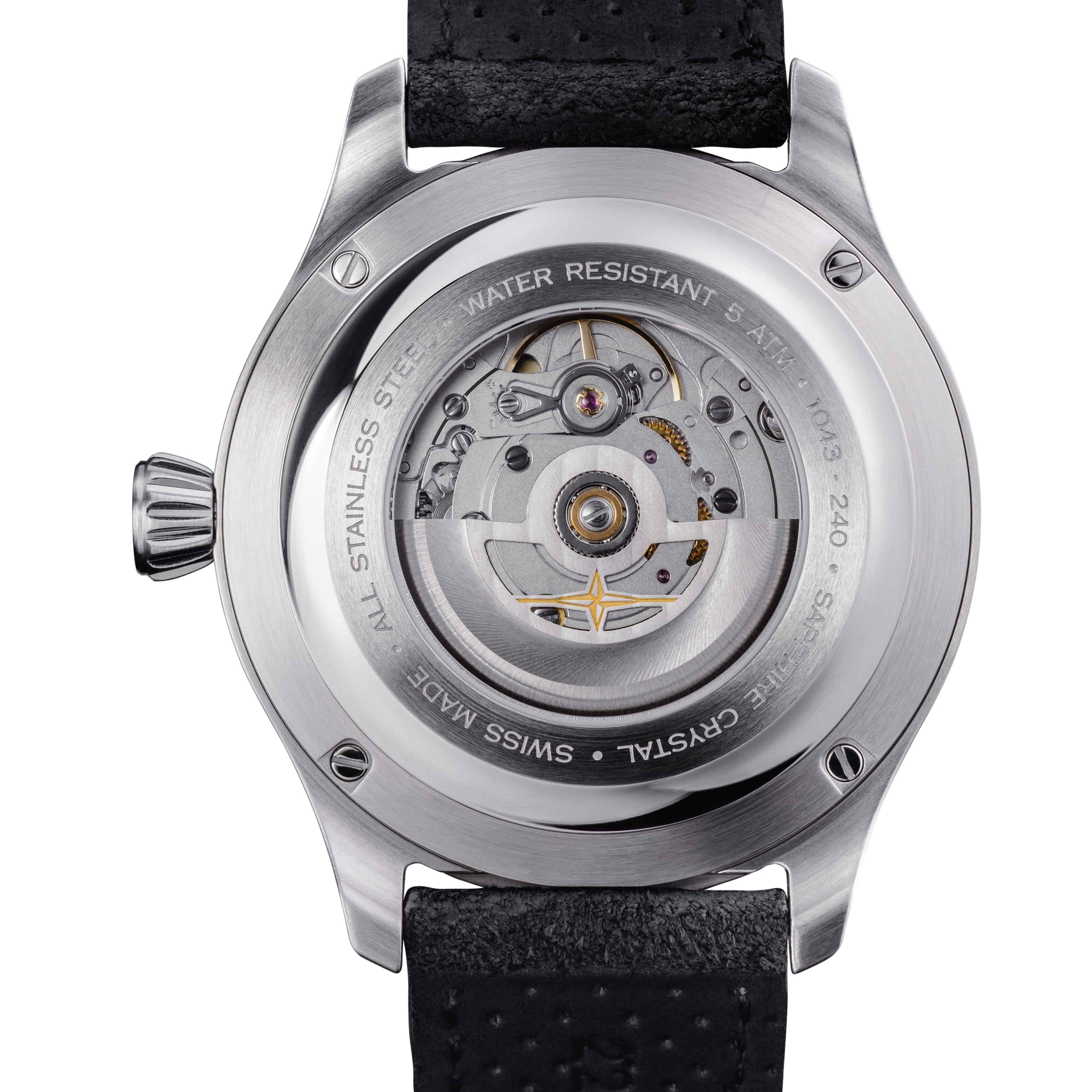
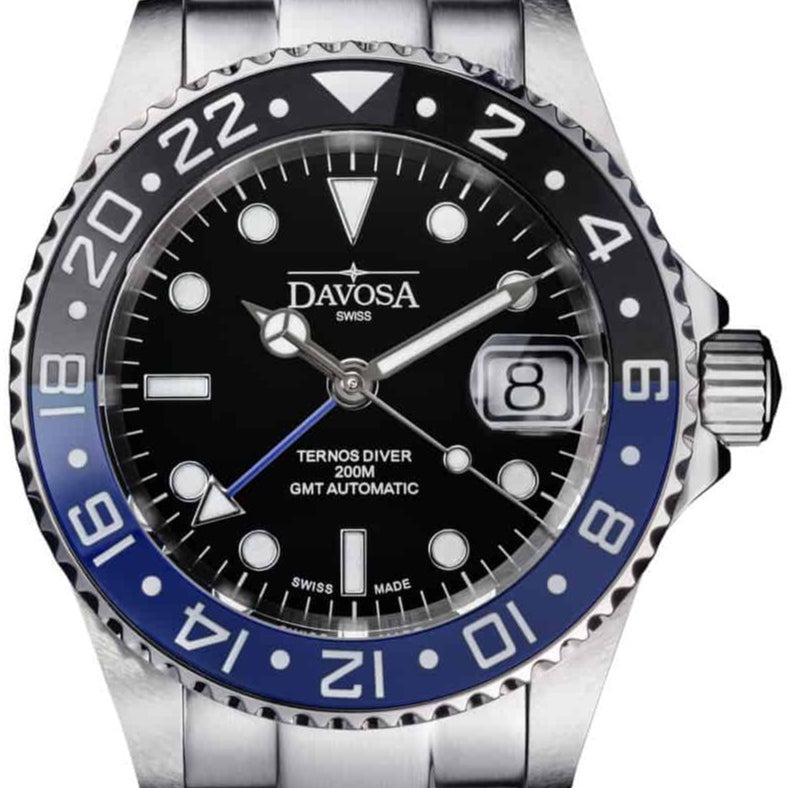
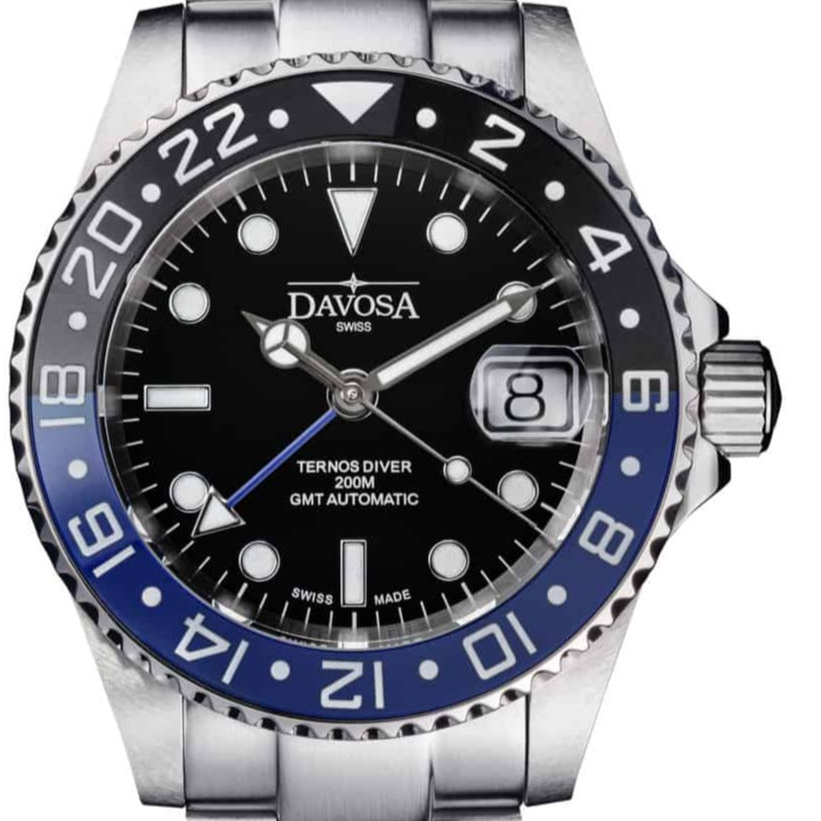
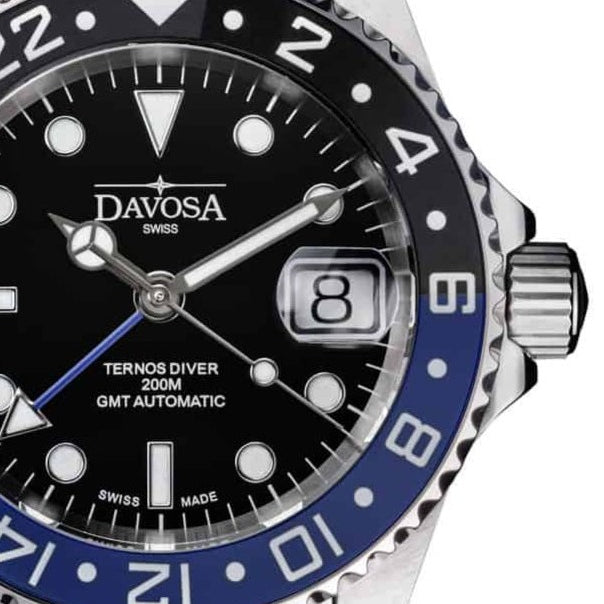

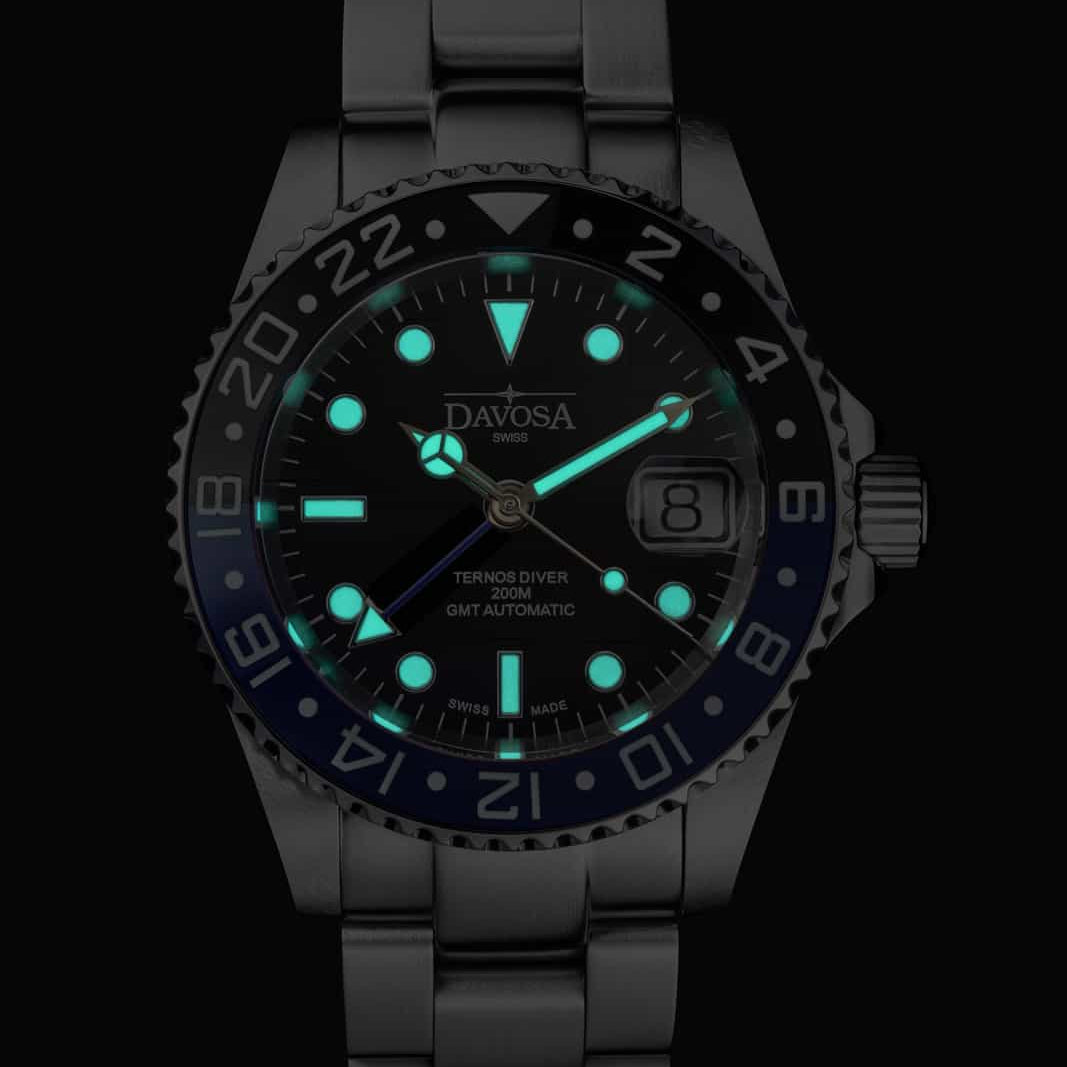

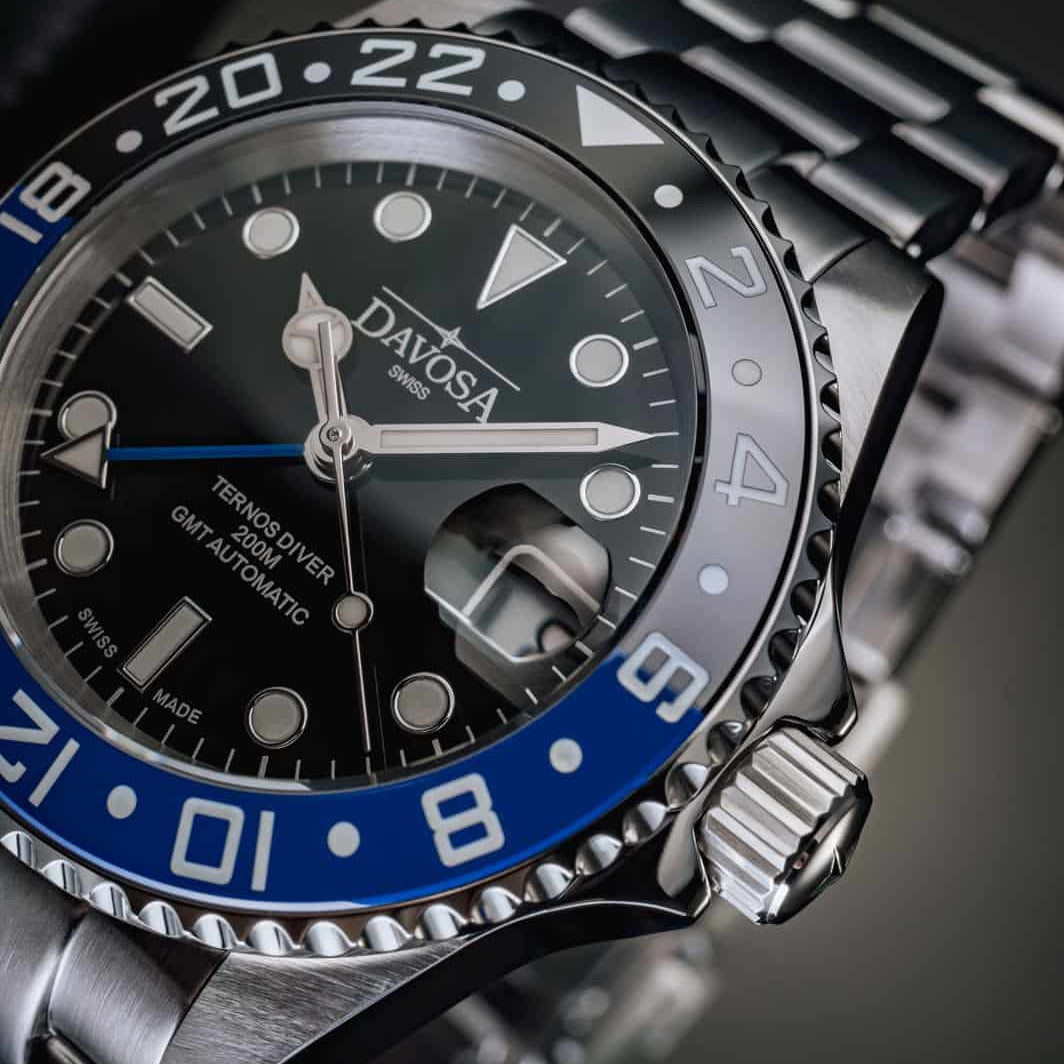

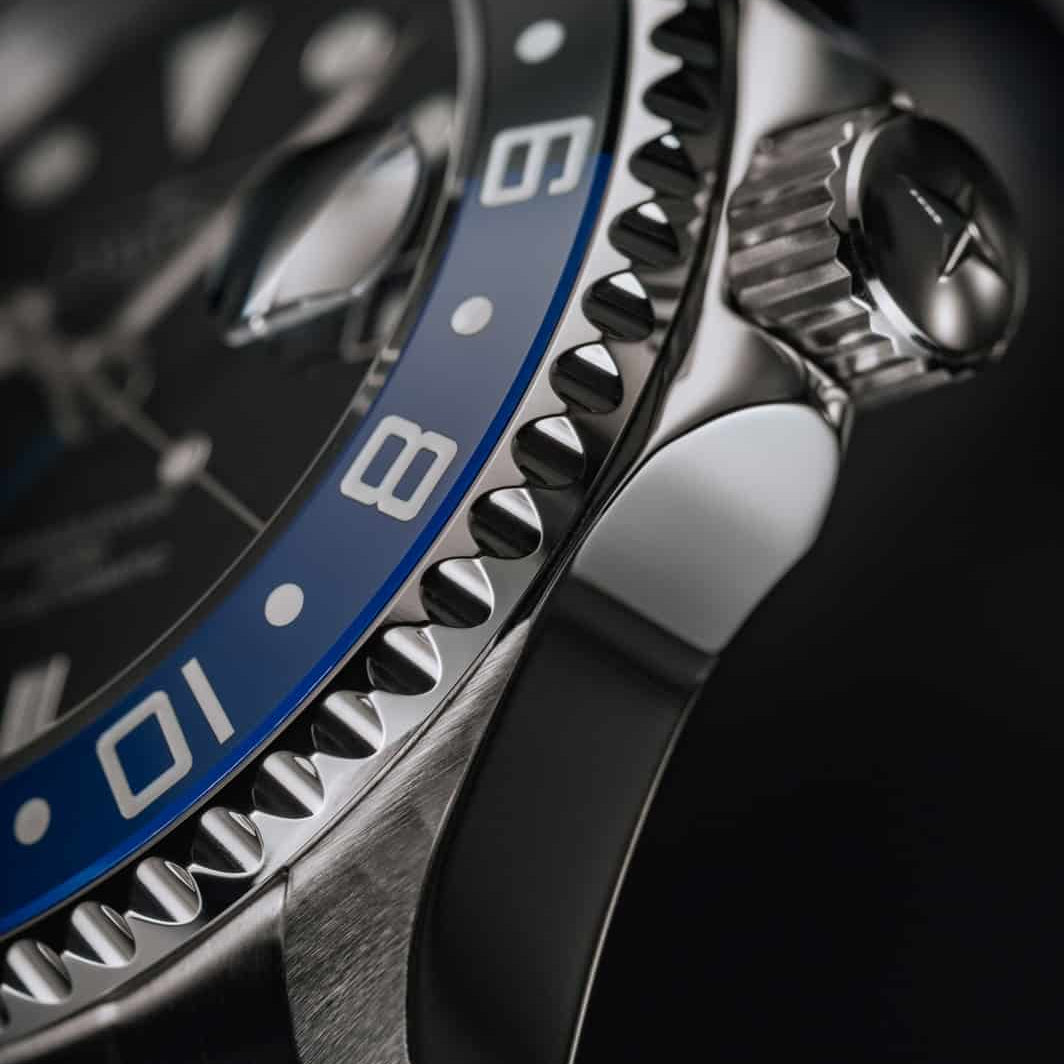


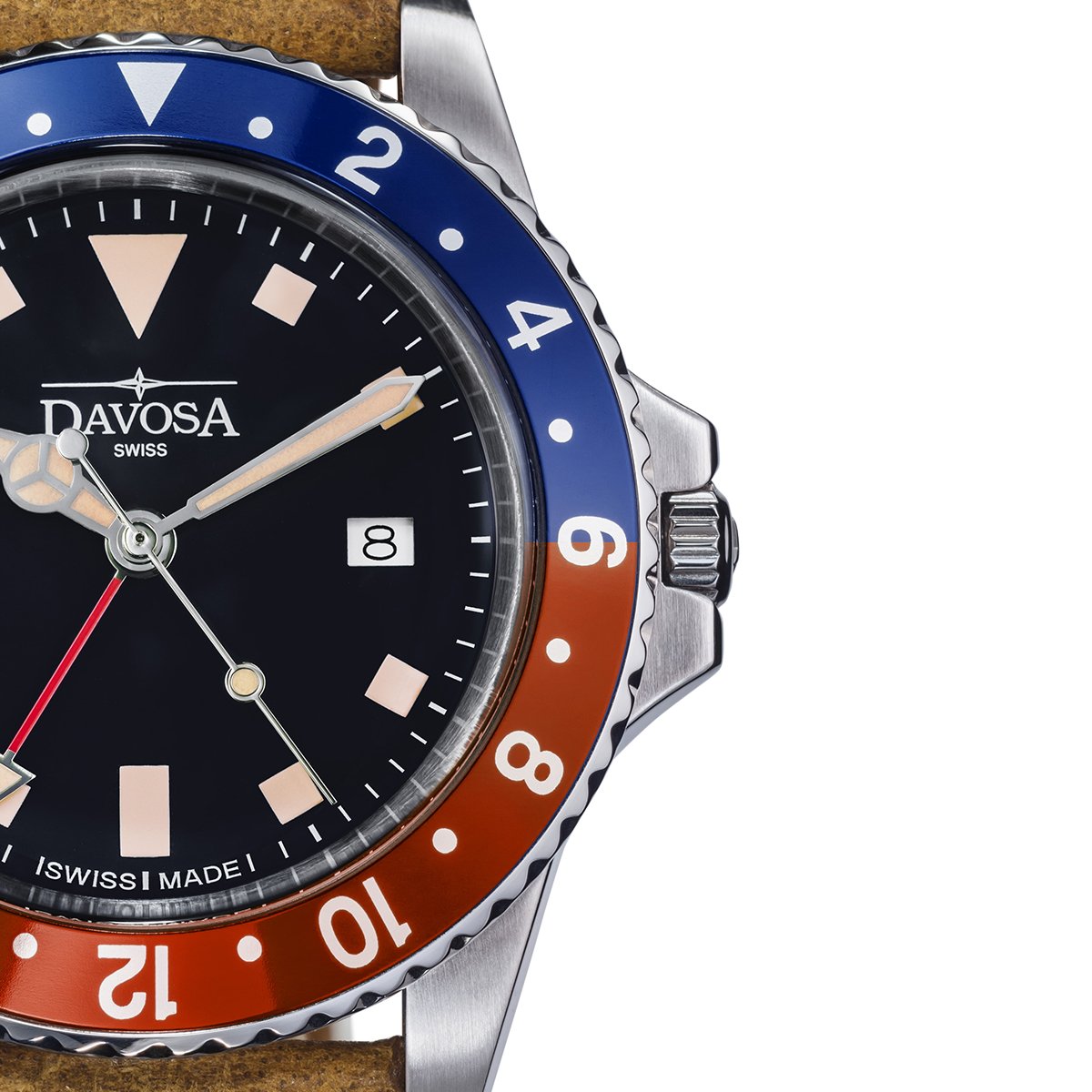
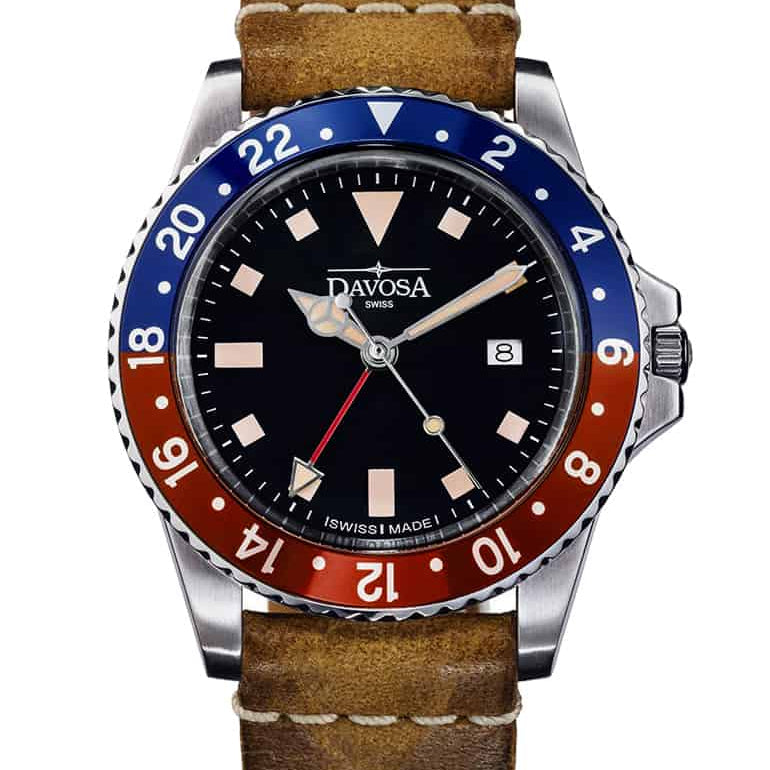
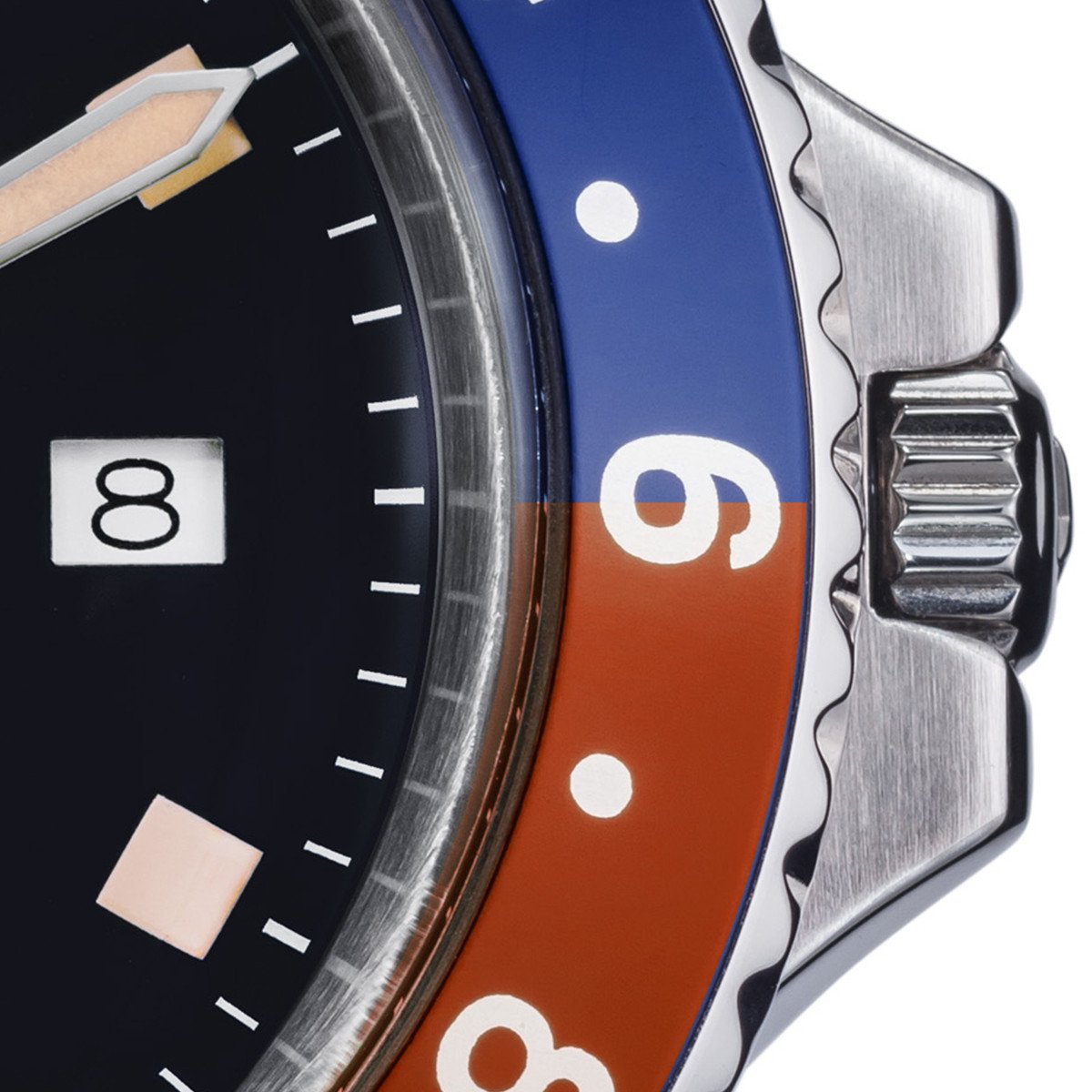

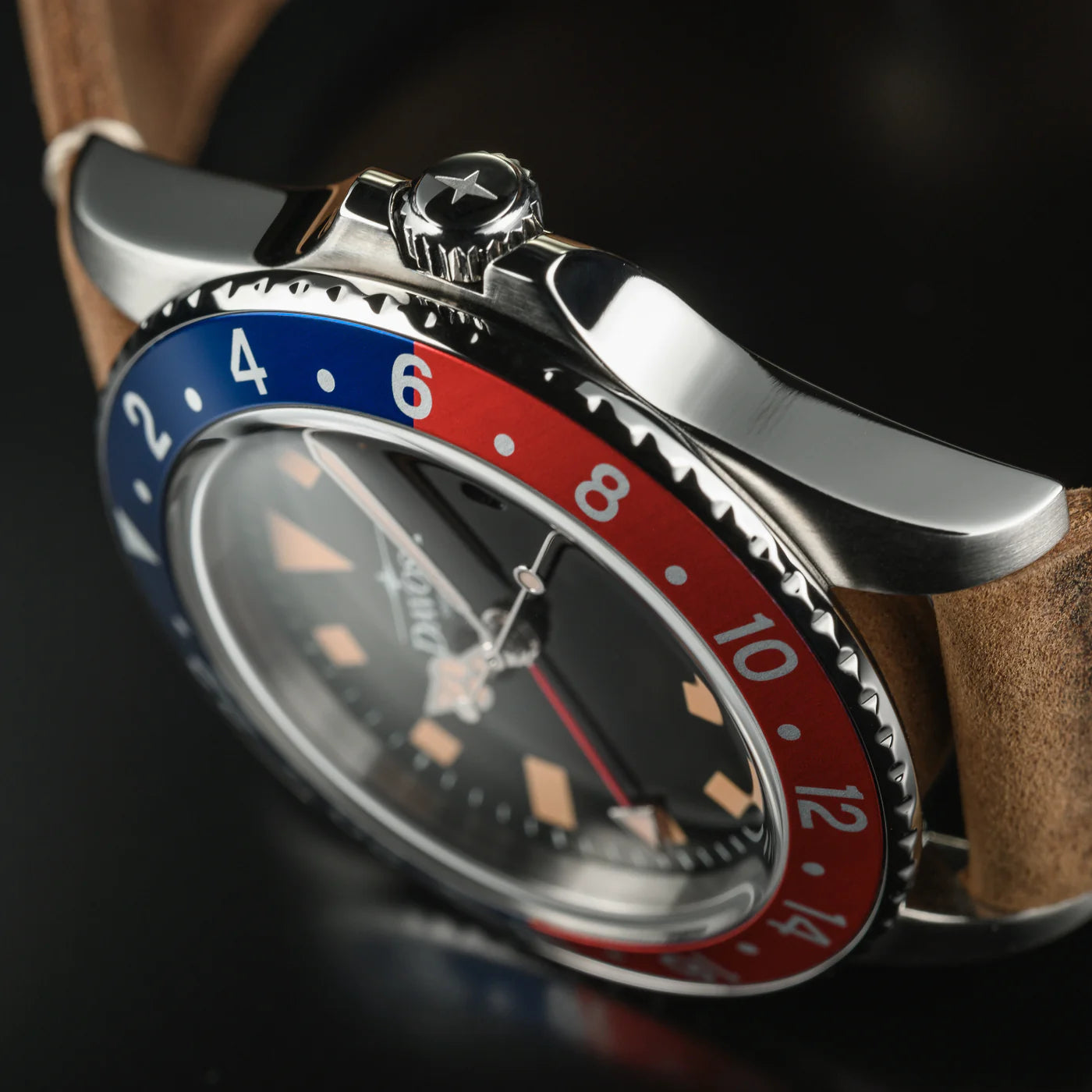

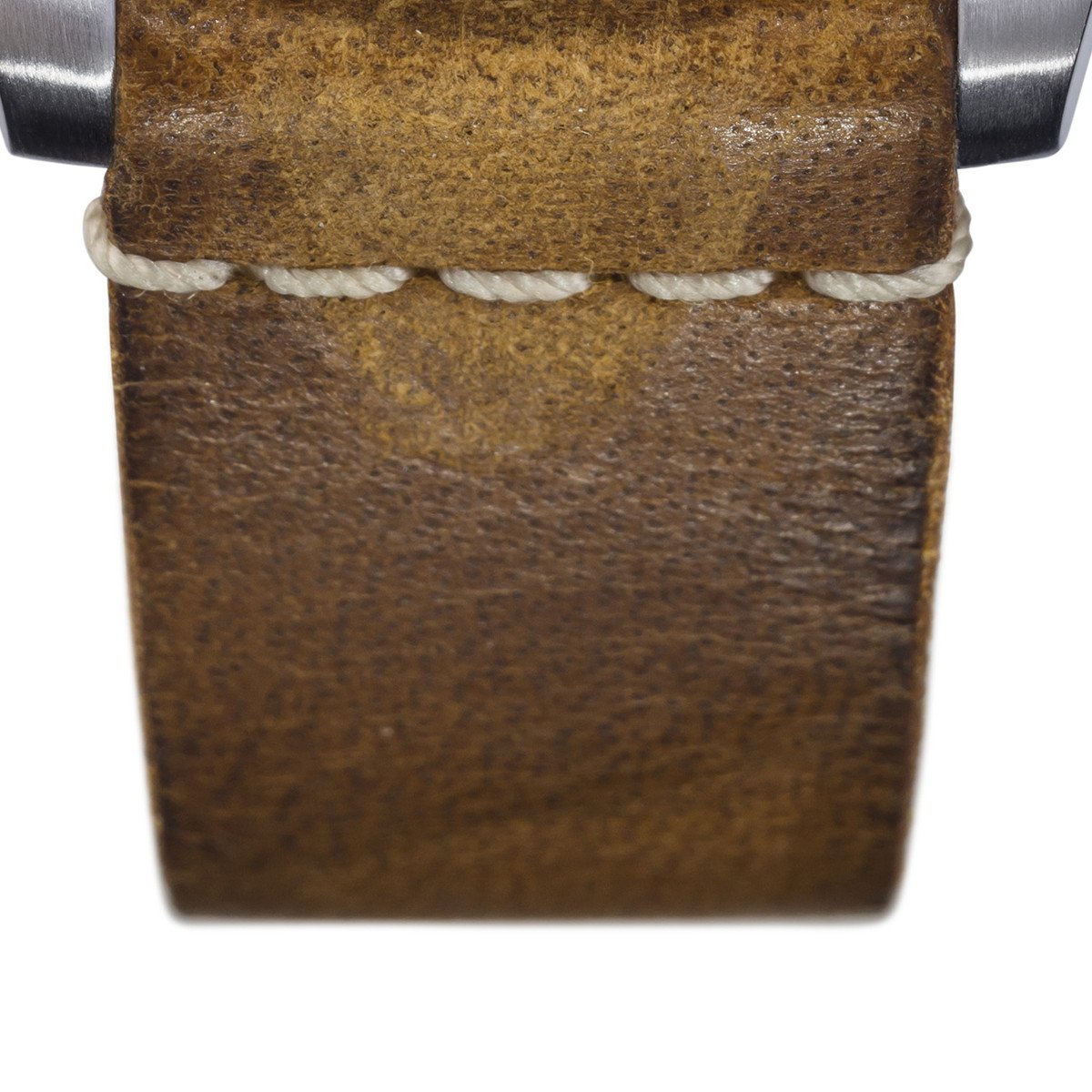

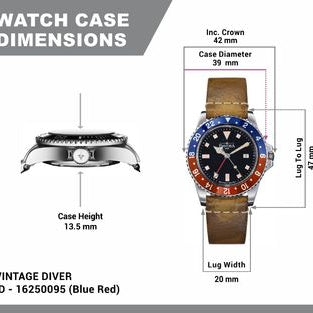
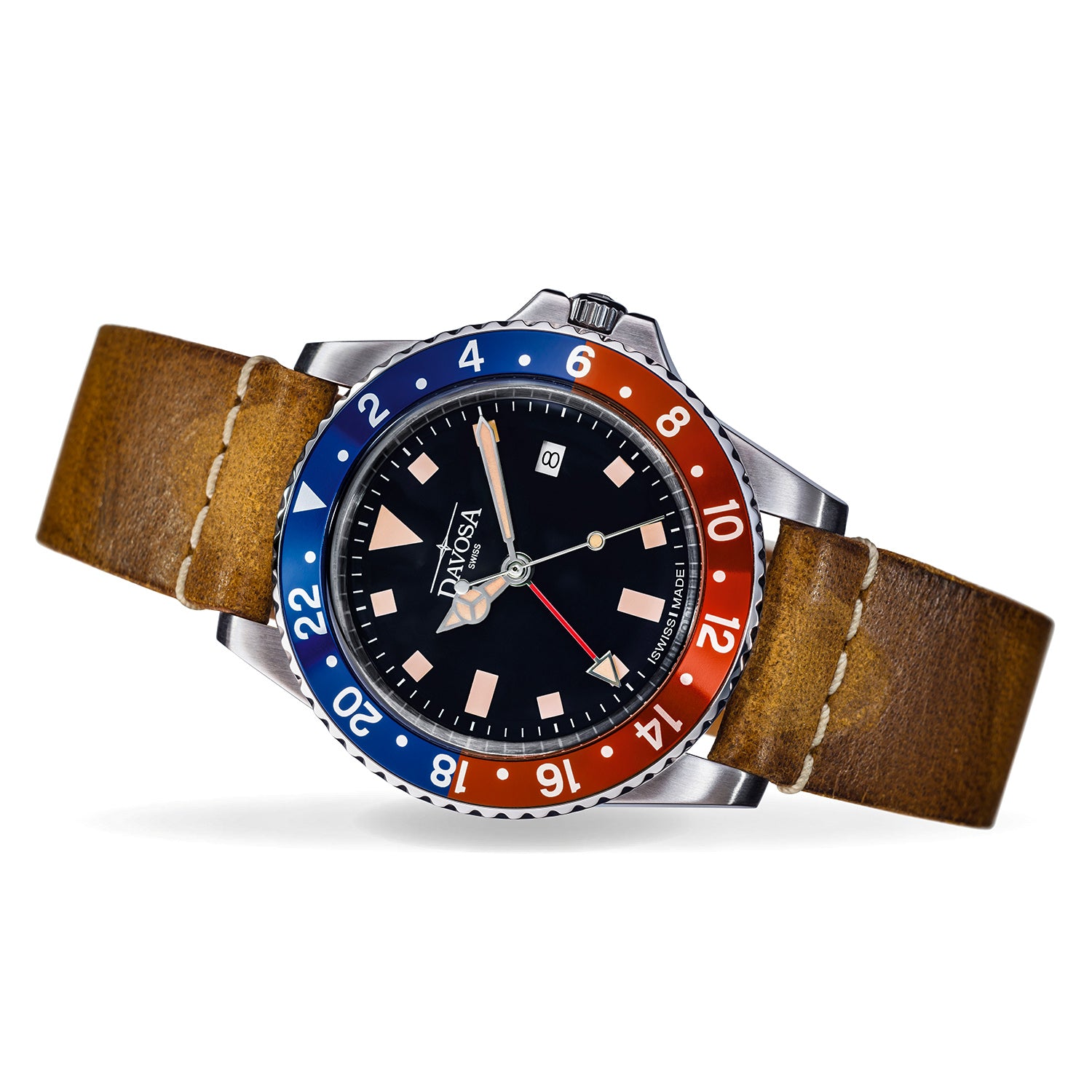




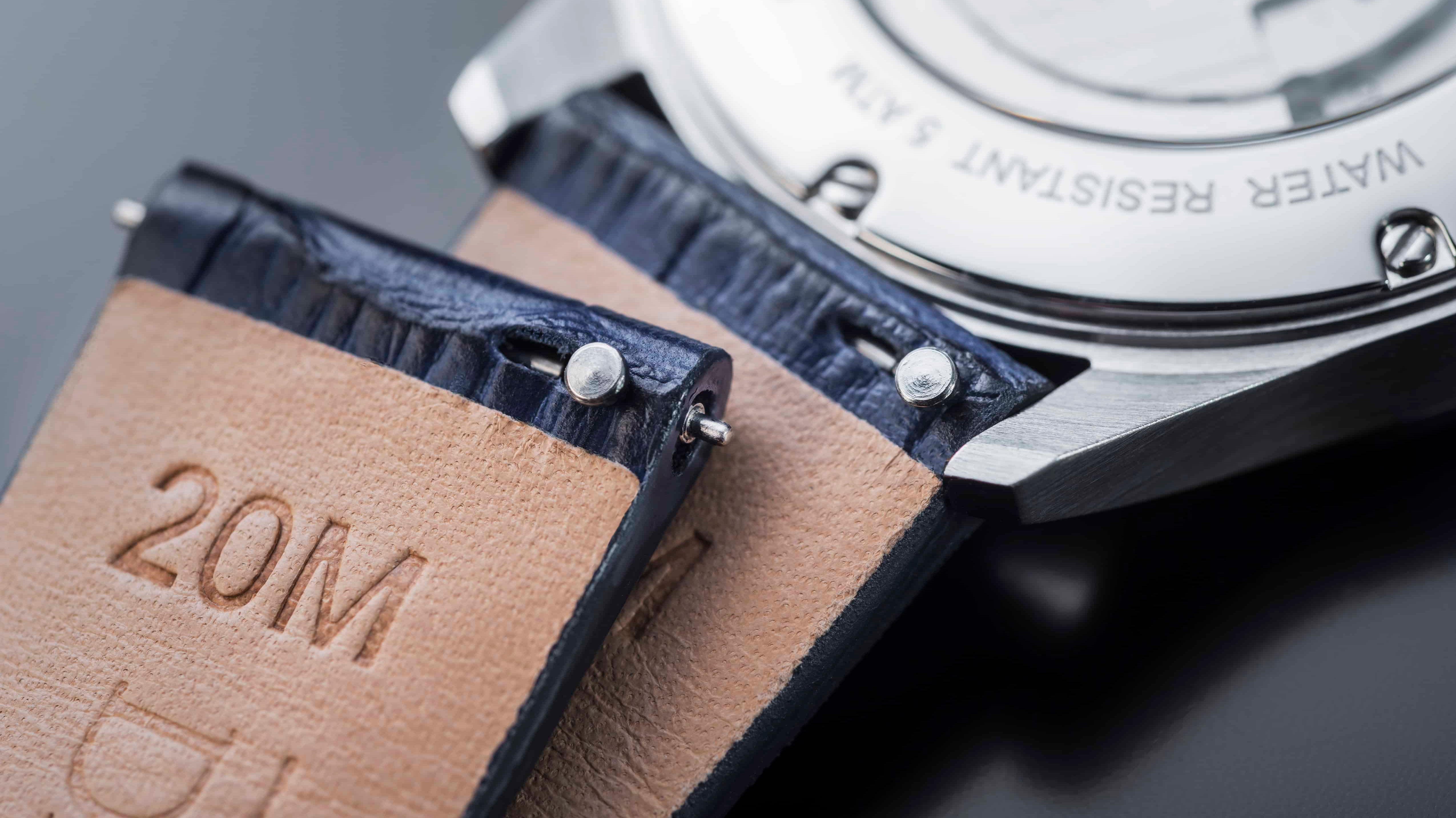
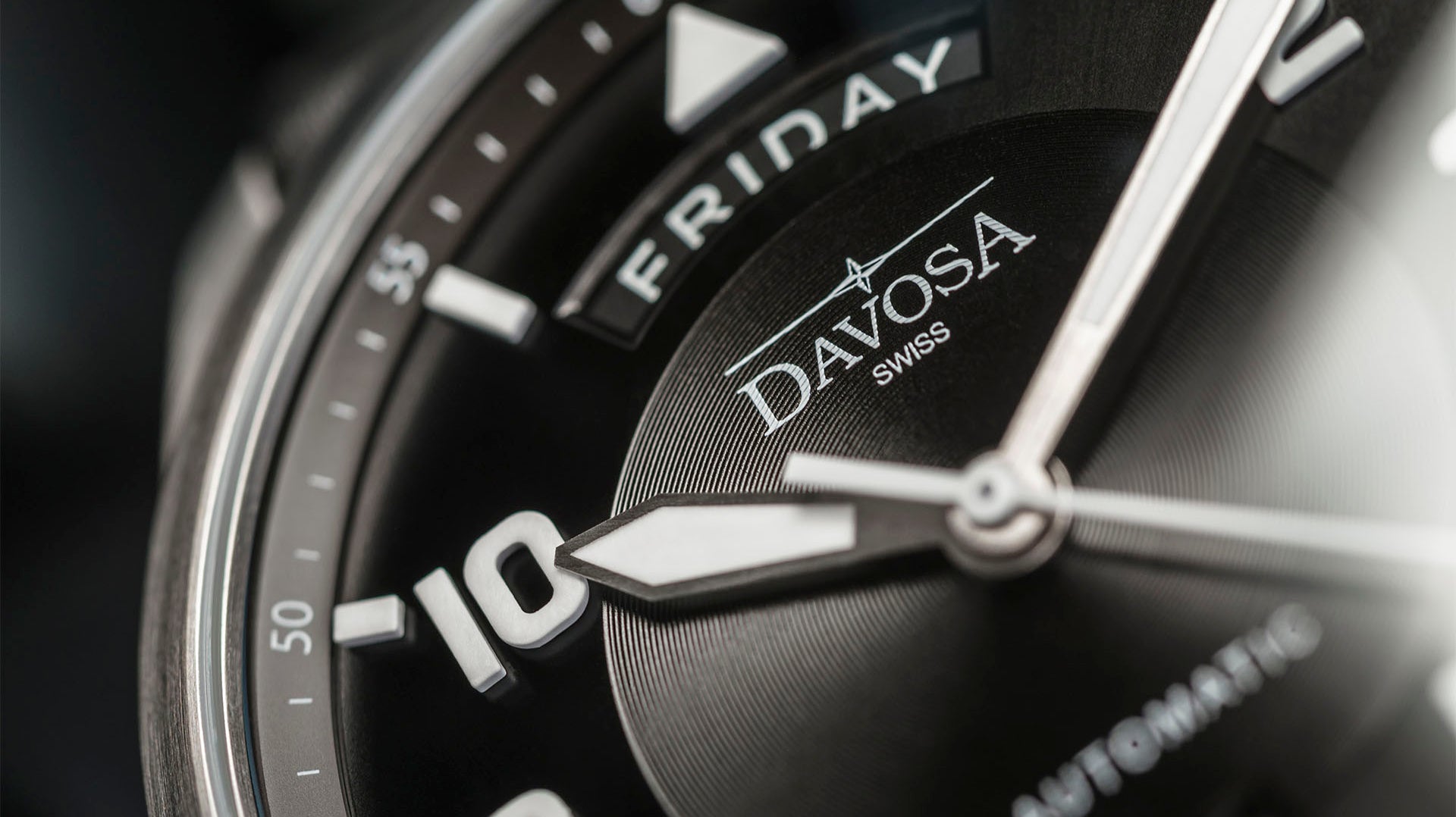
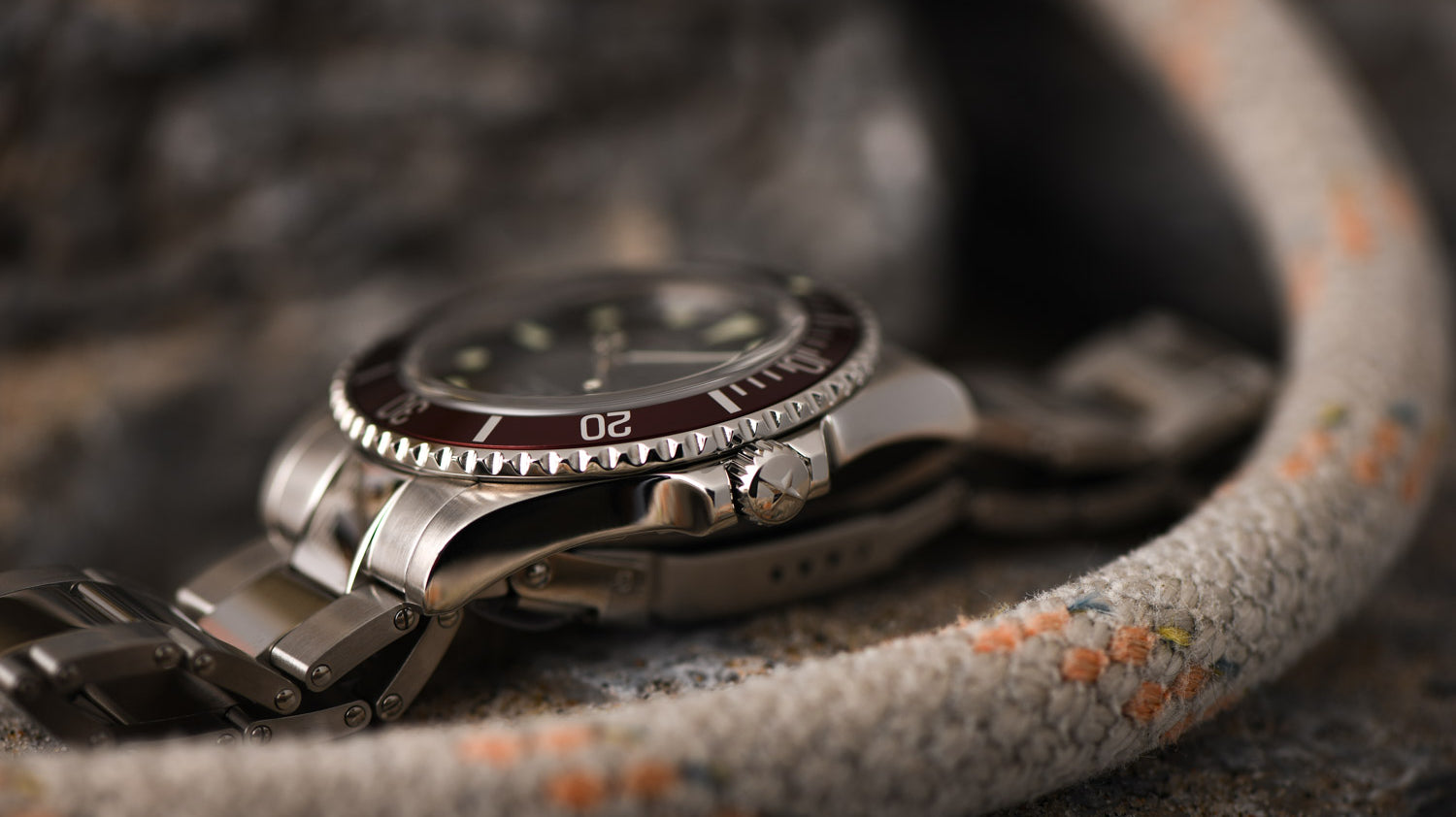

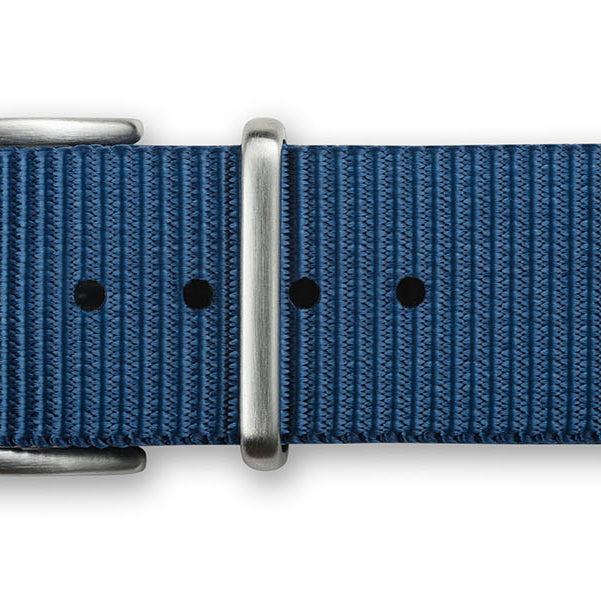
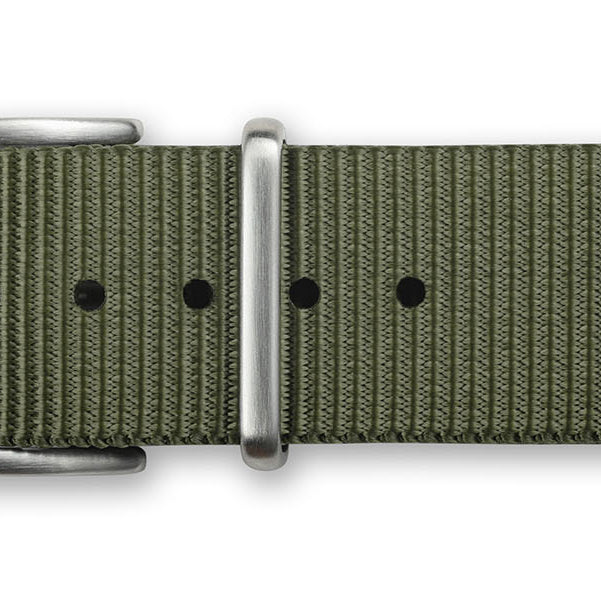
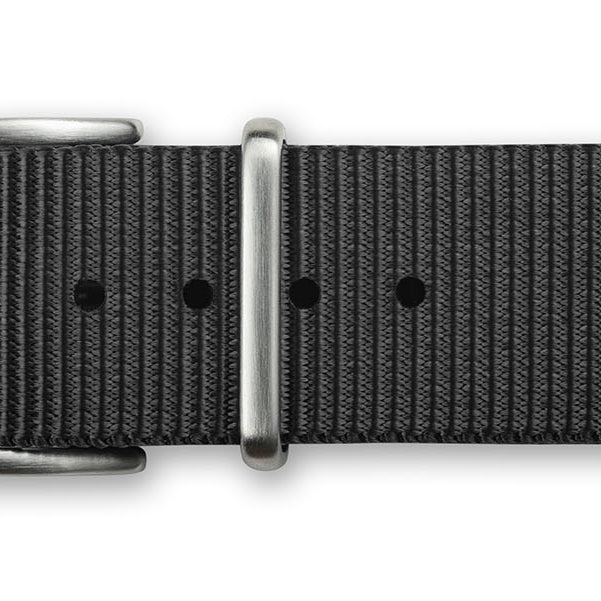
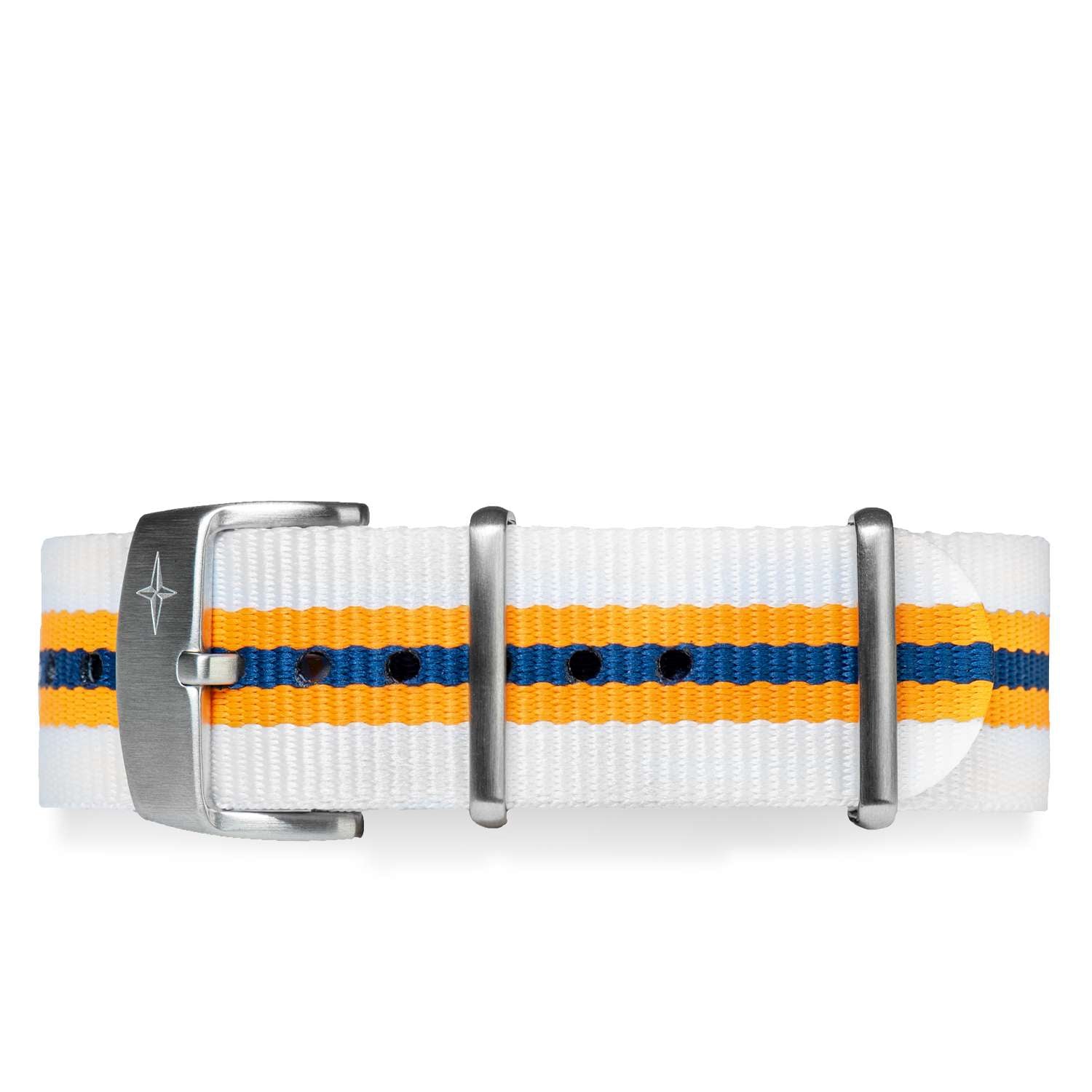

Comments
Very useful article and I learned a lot